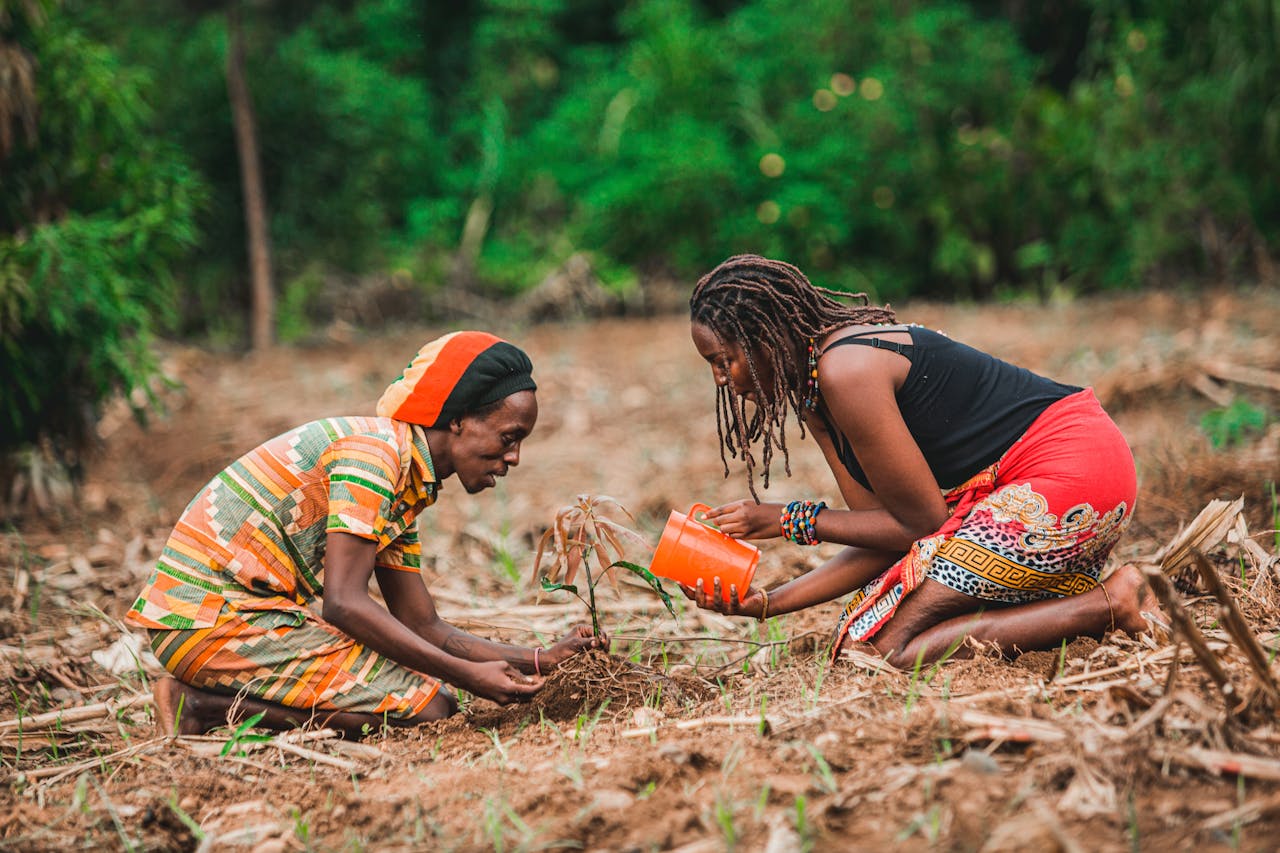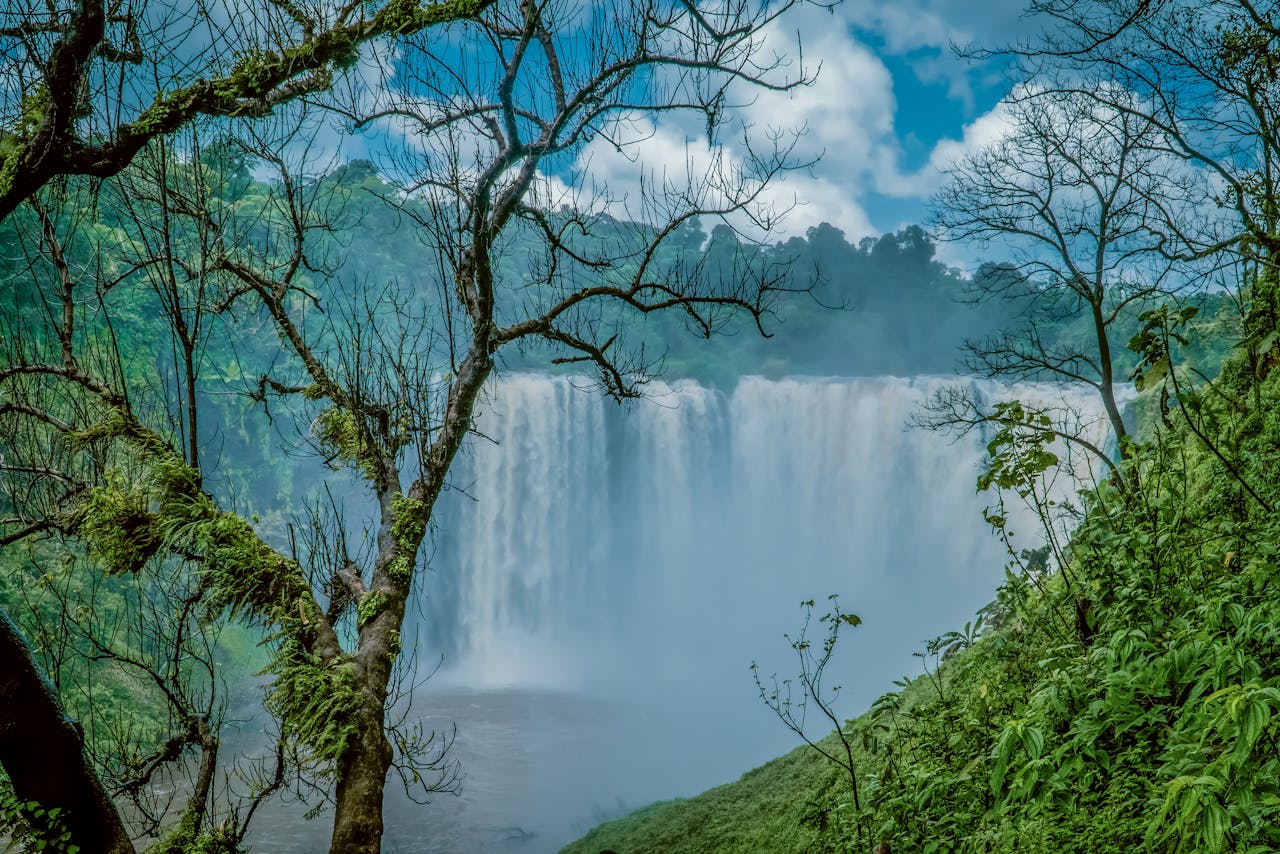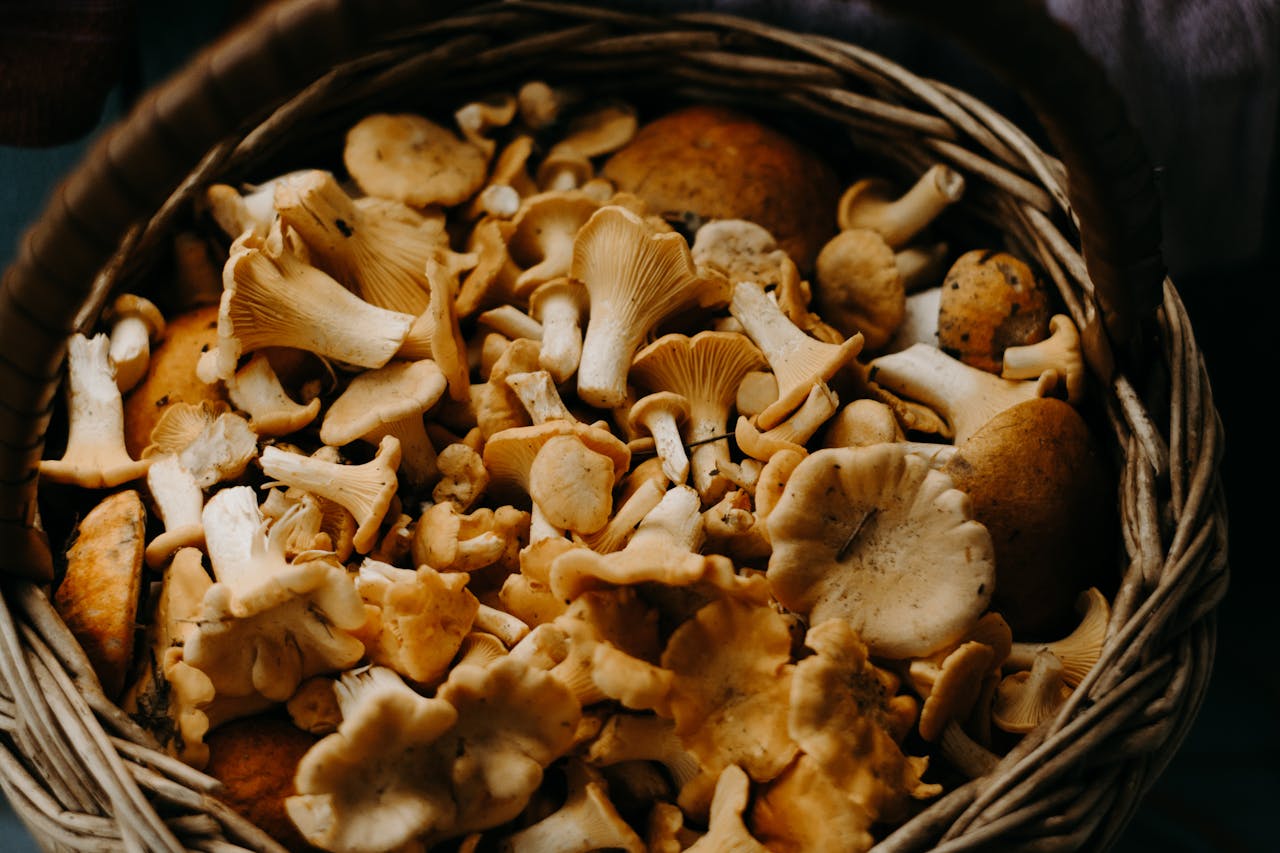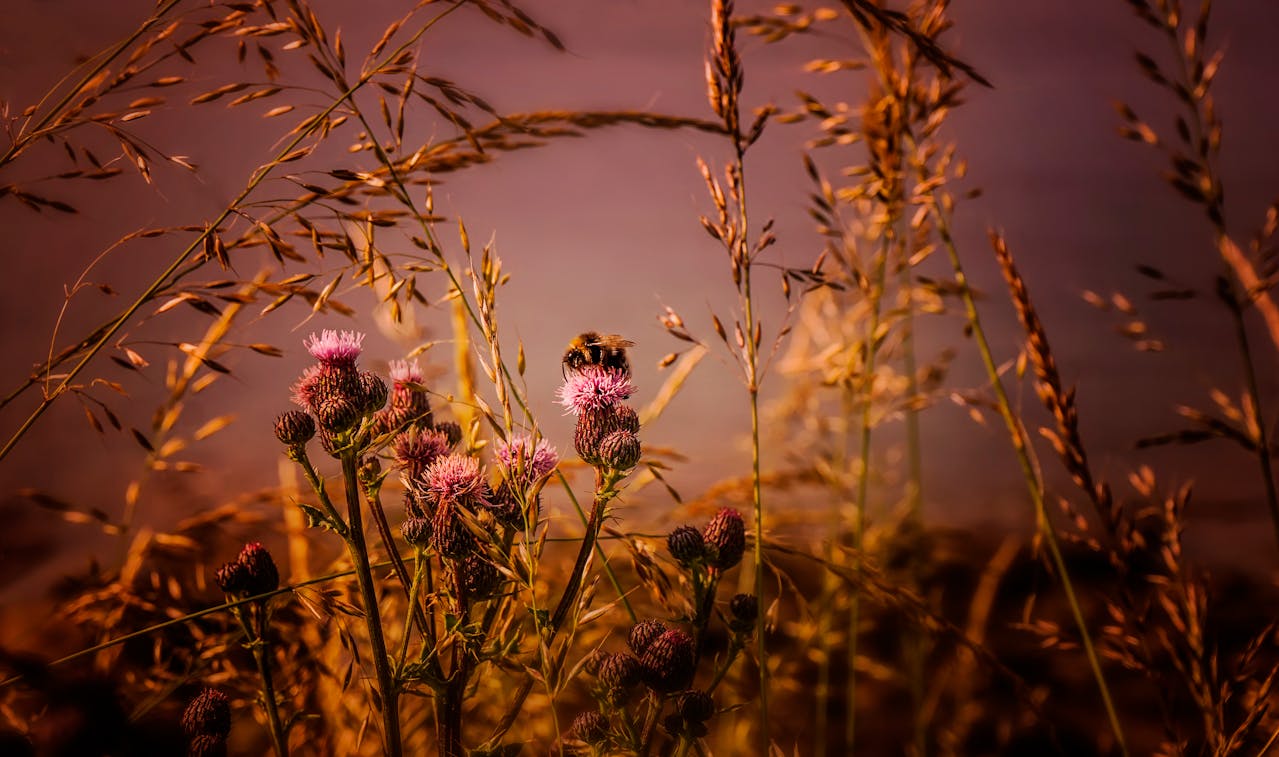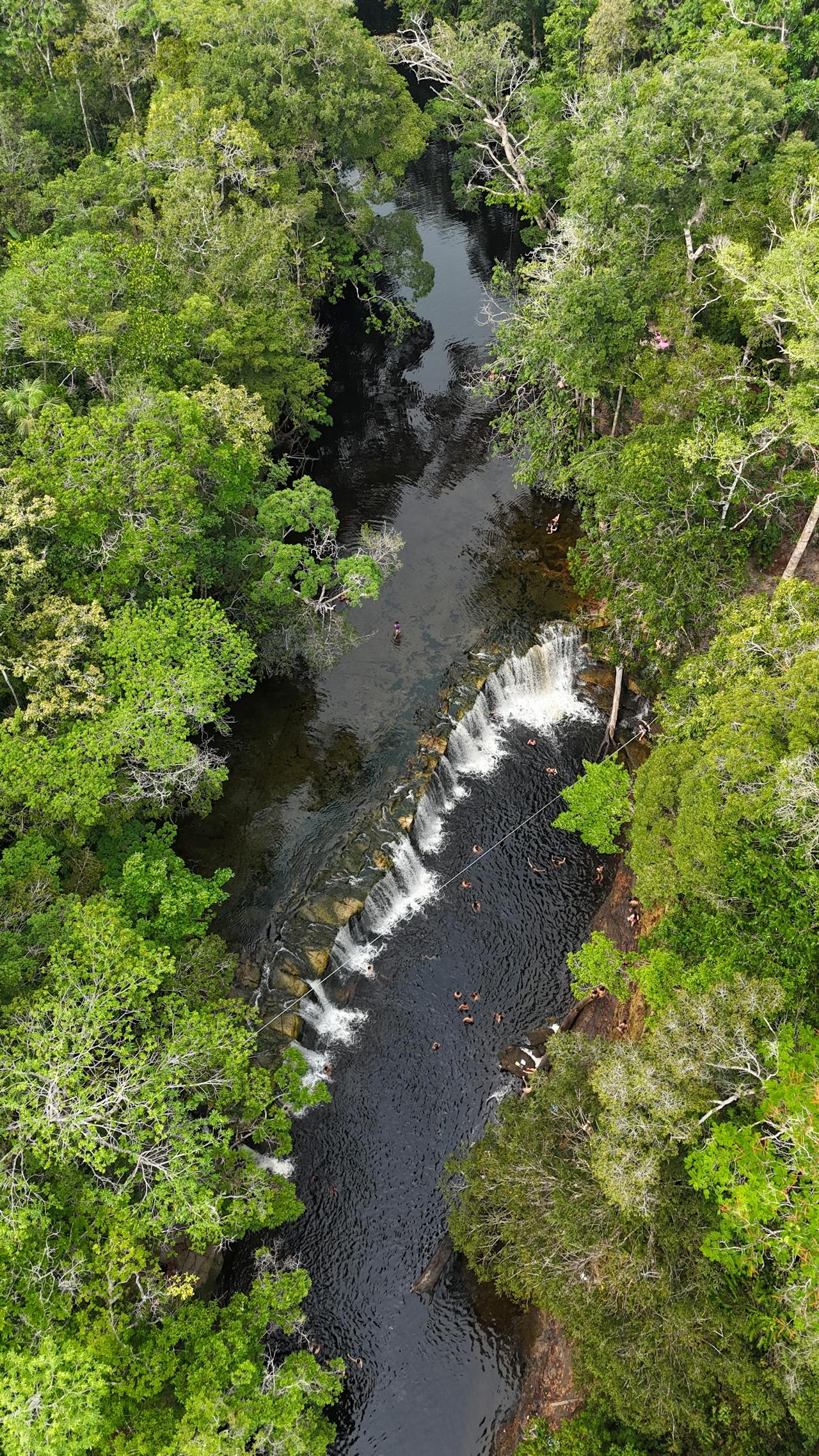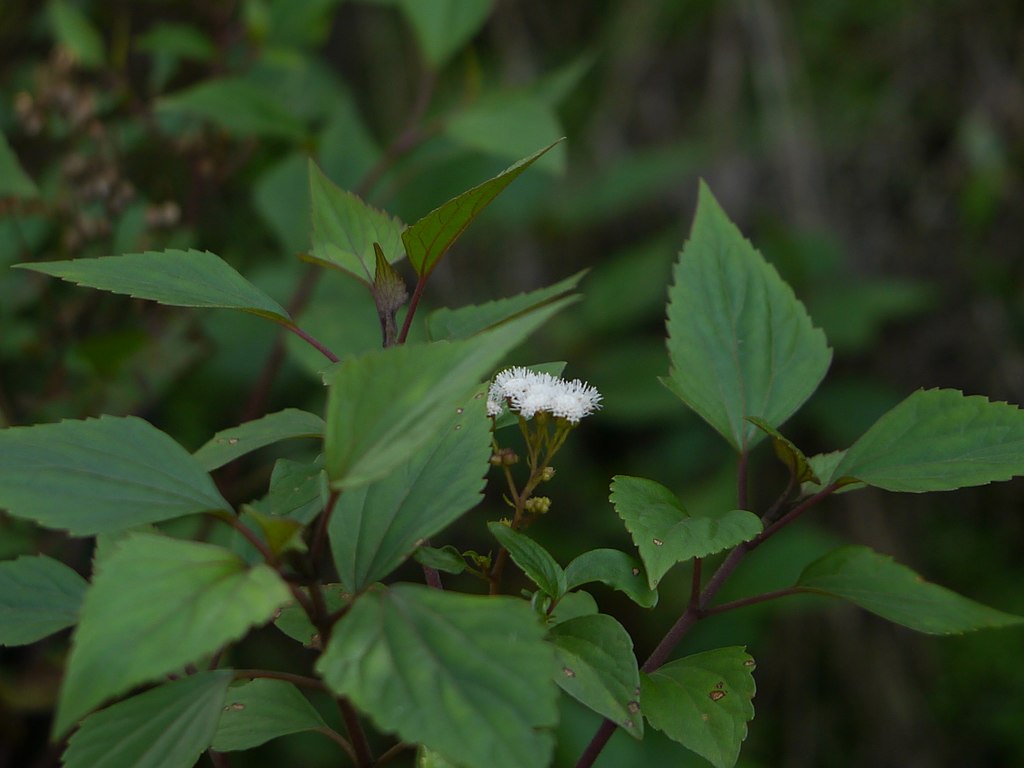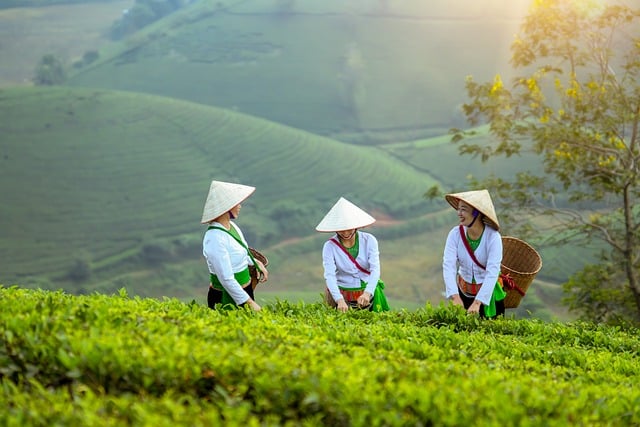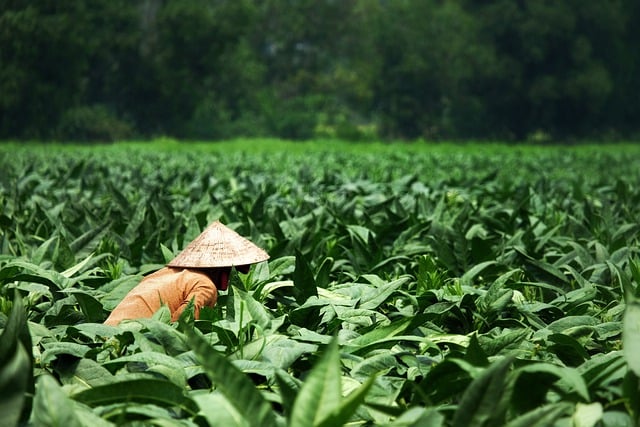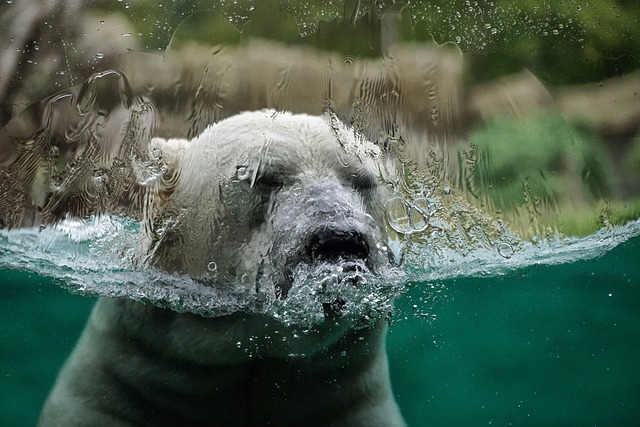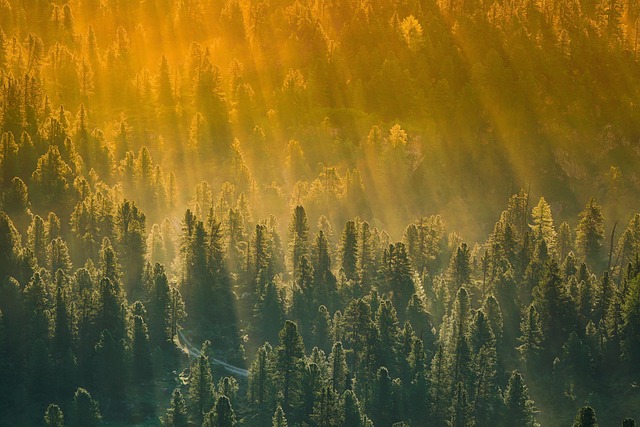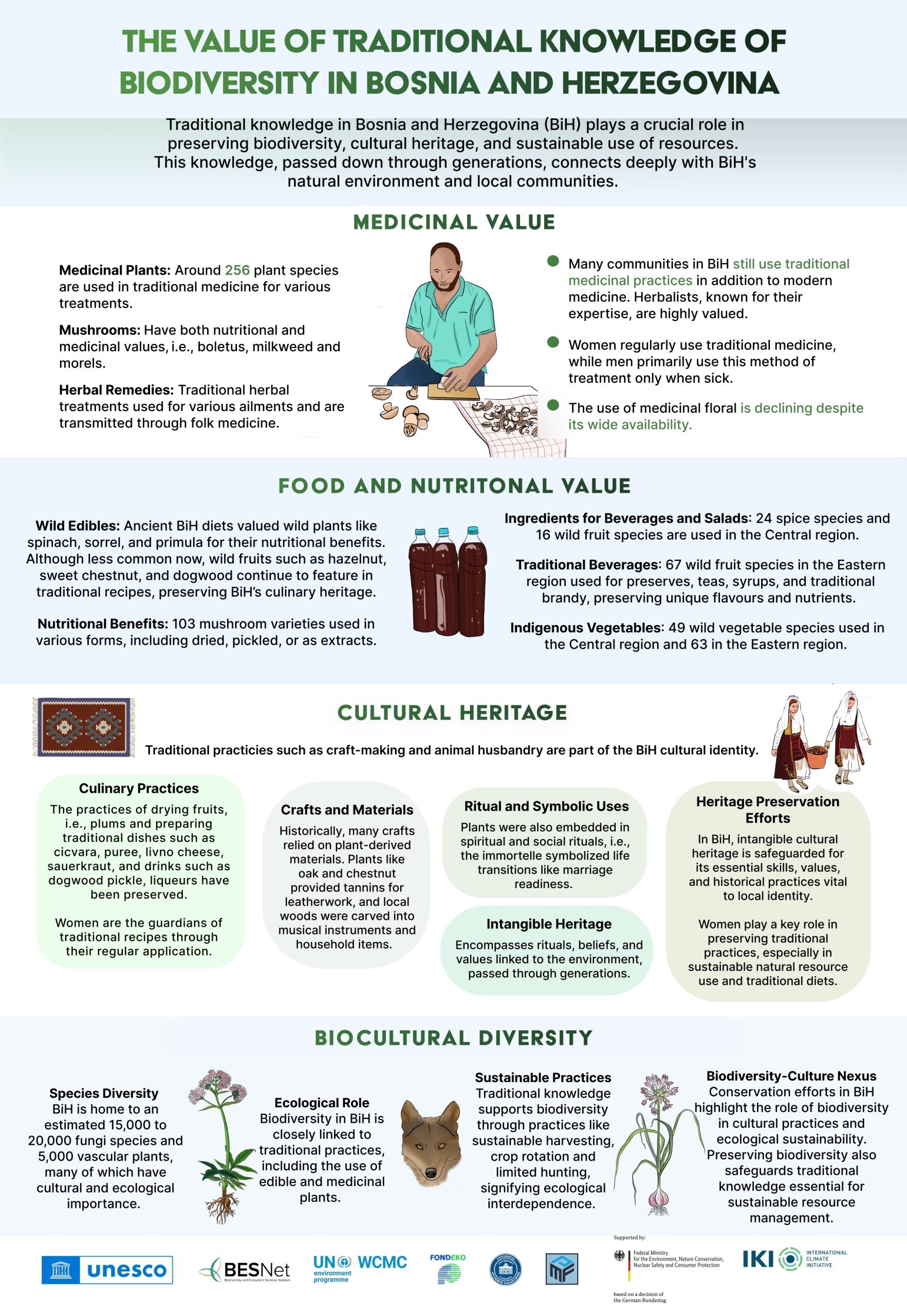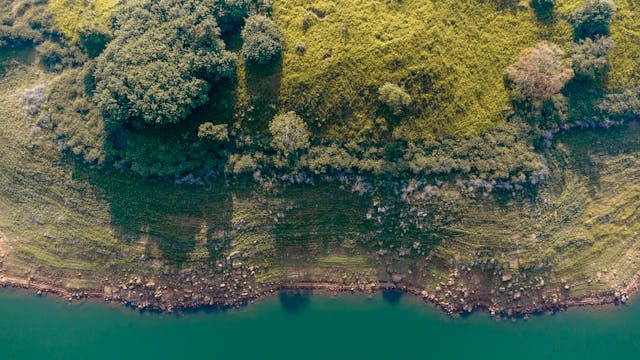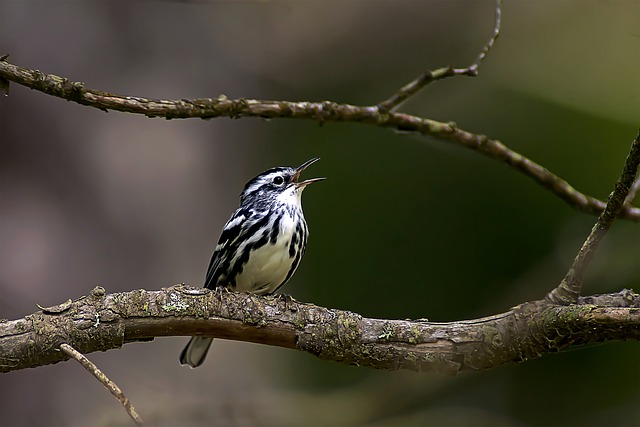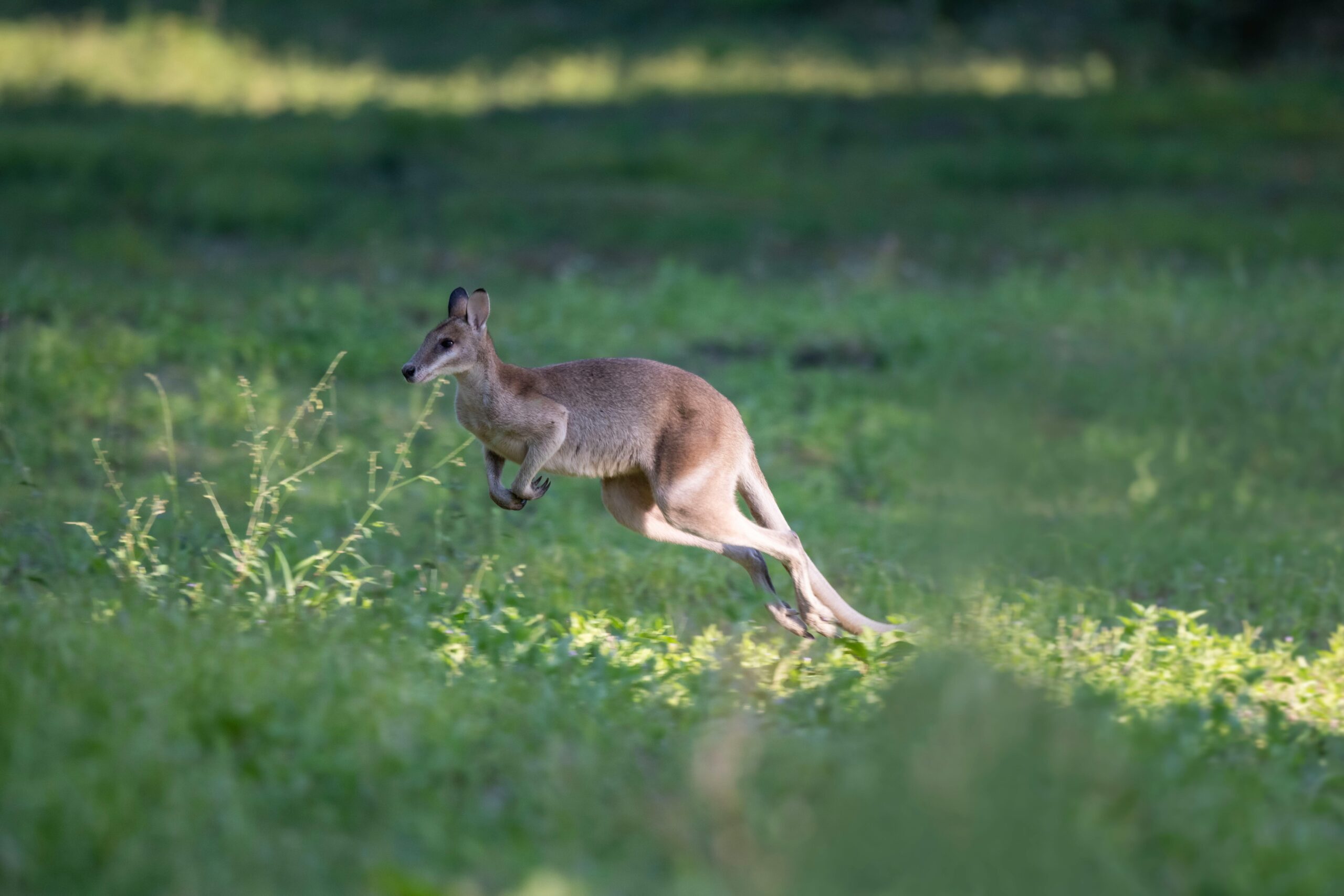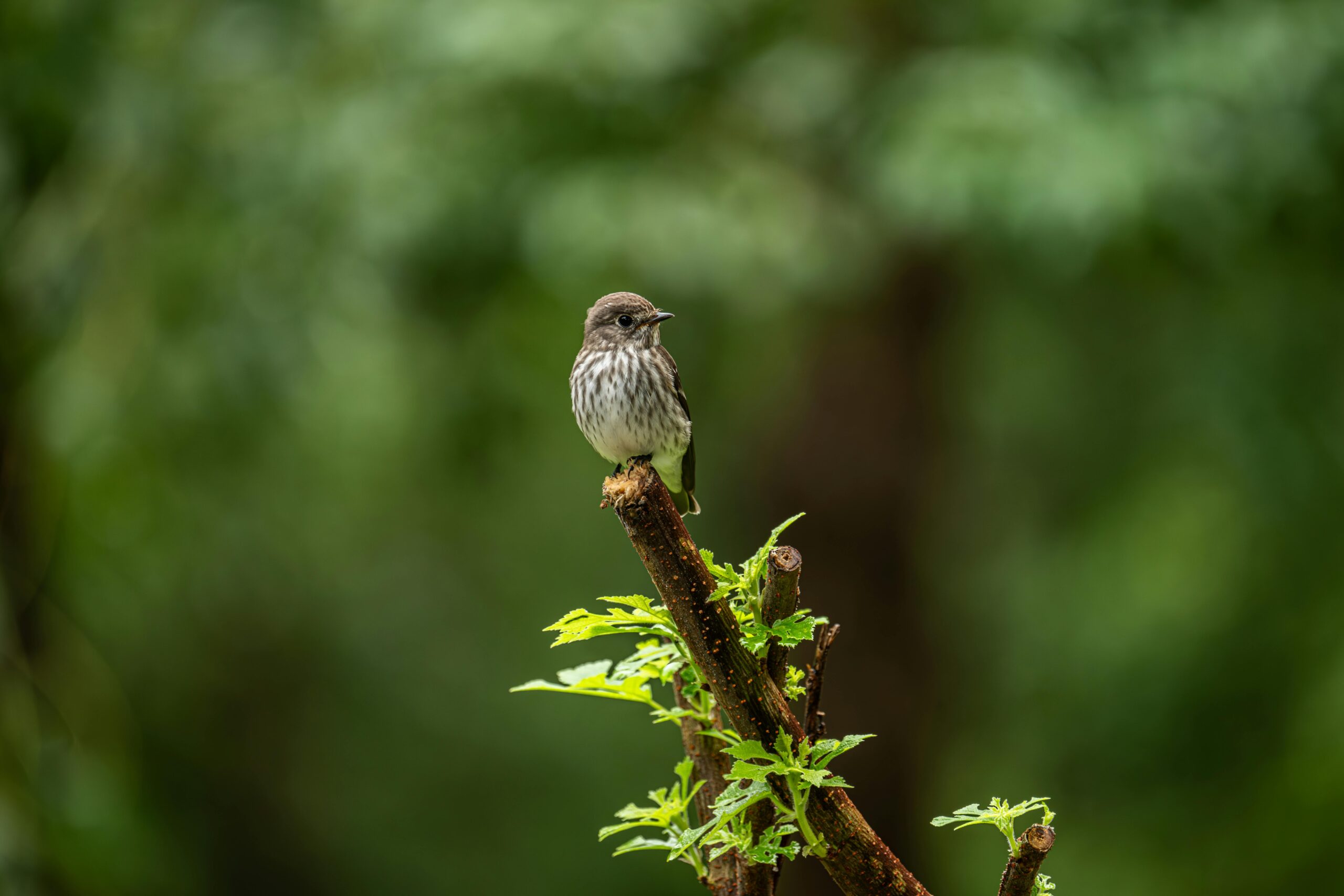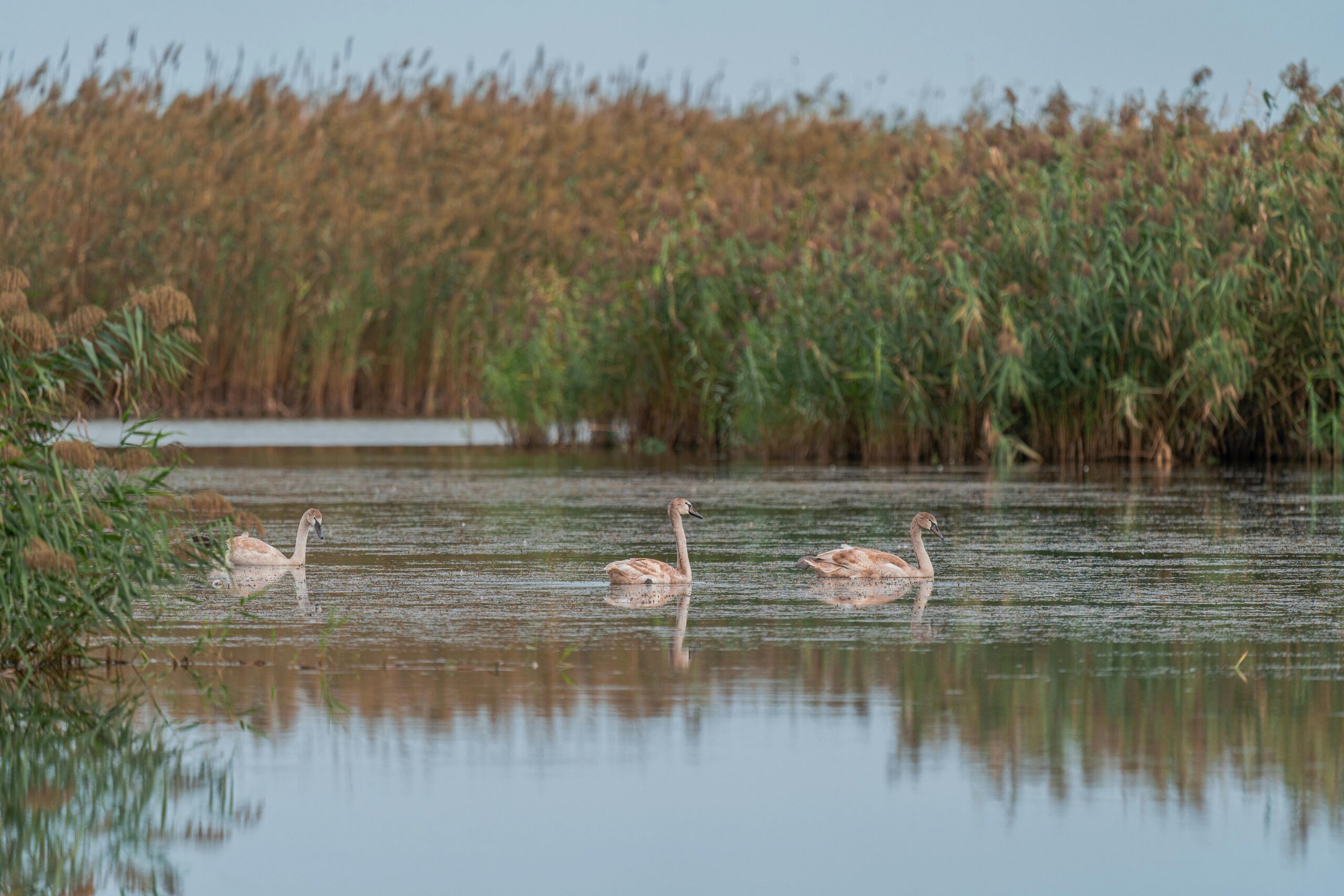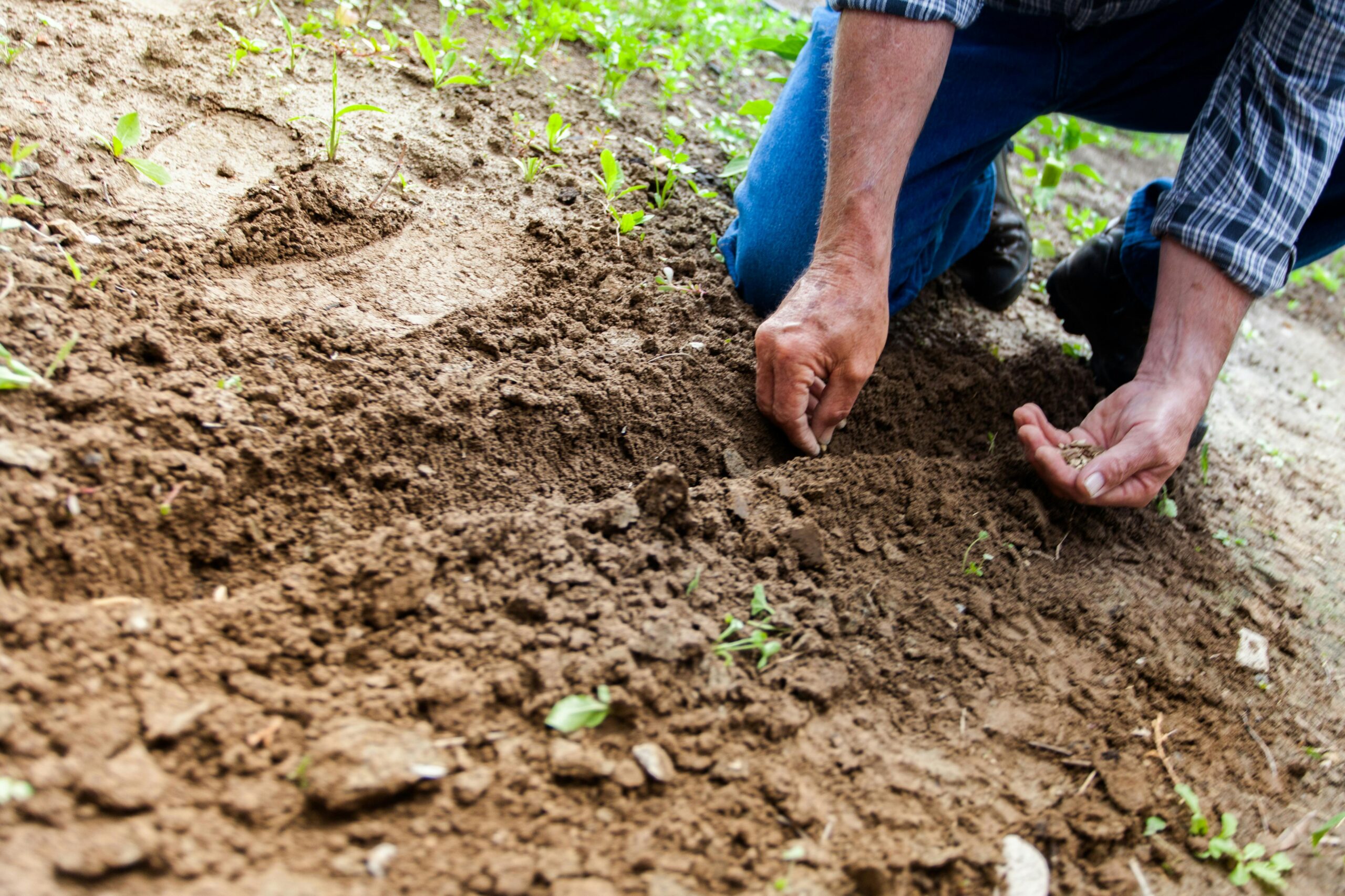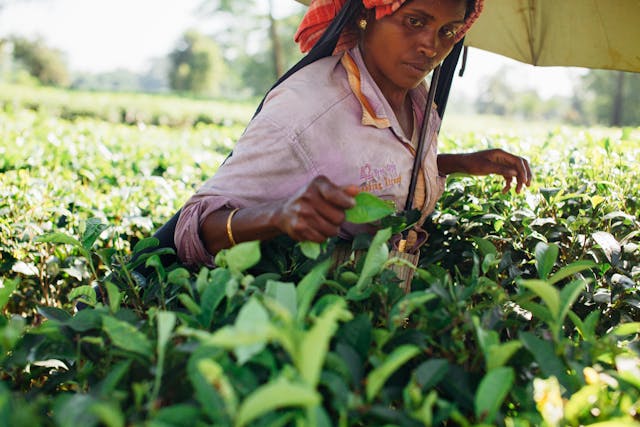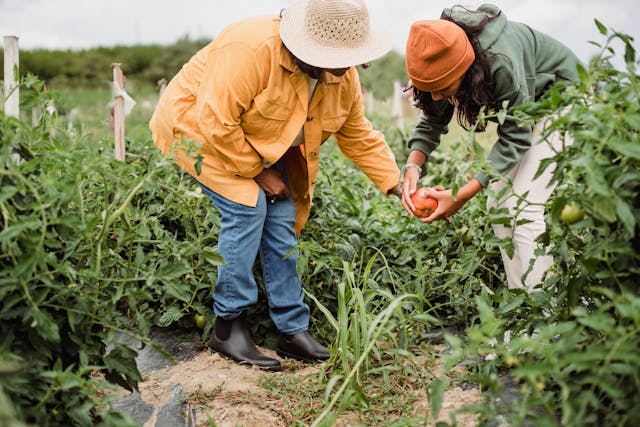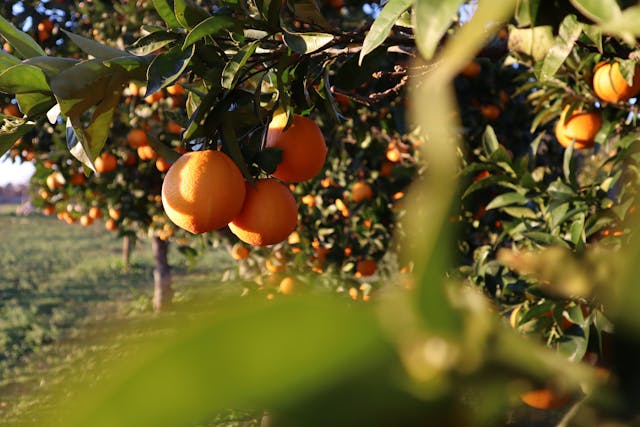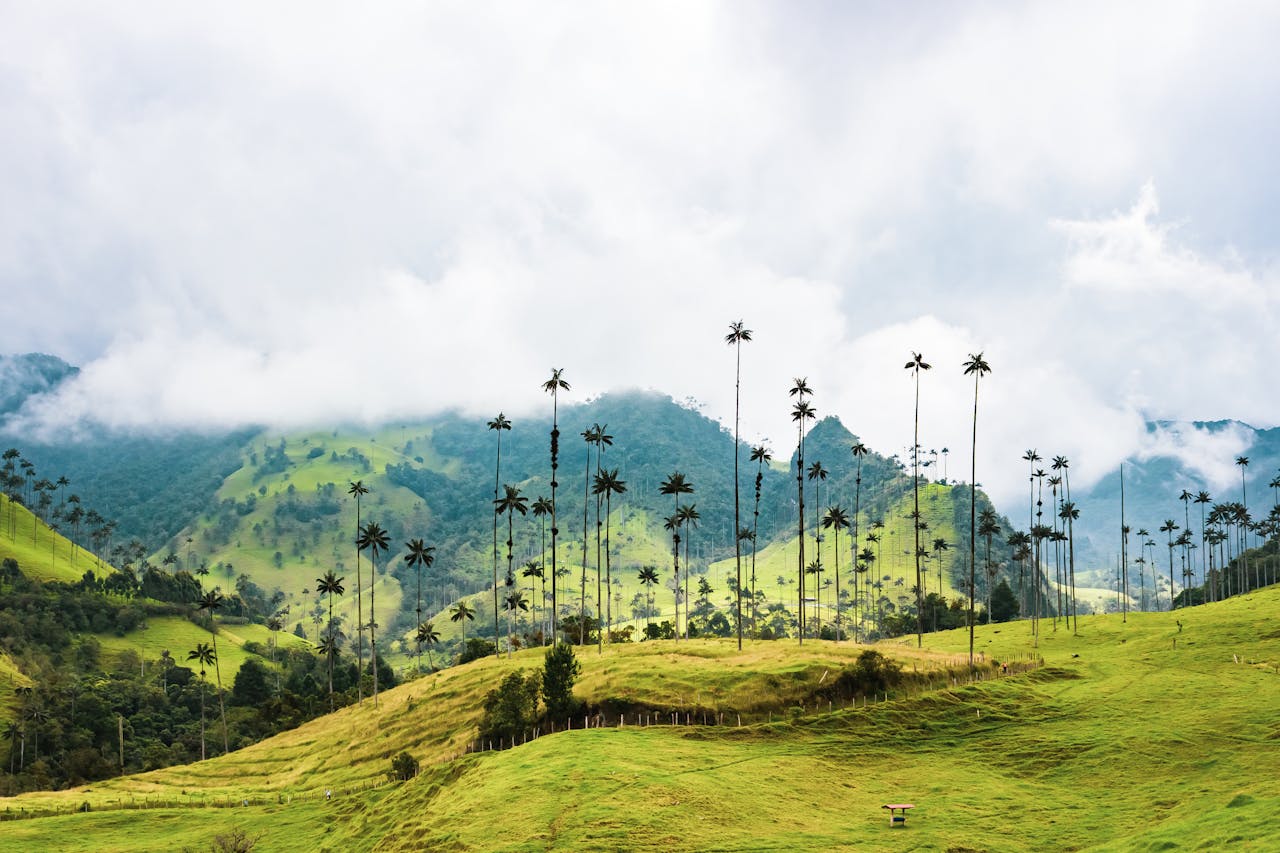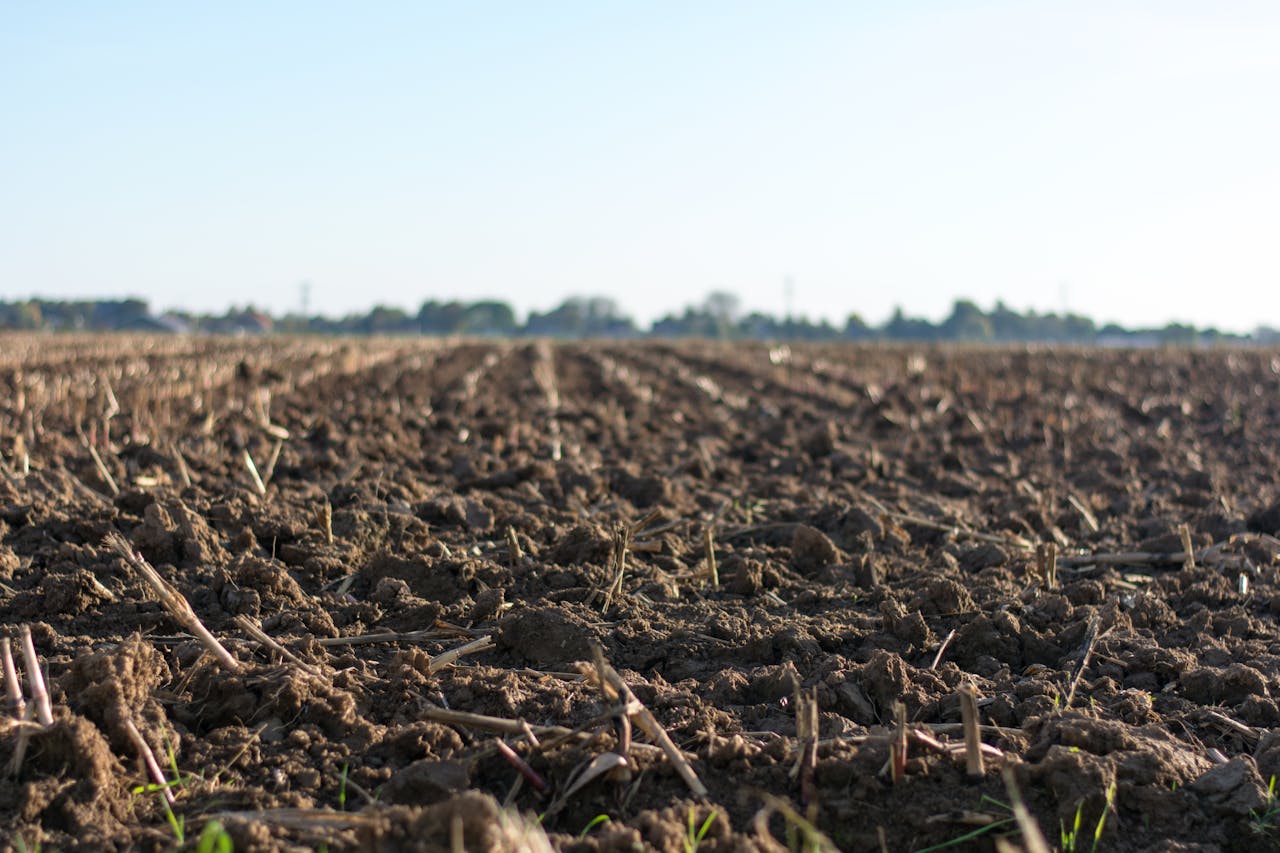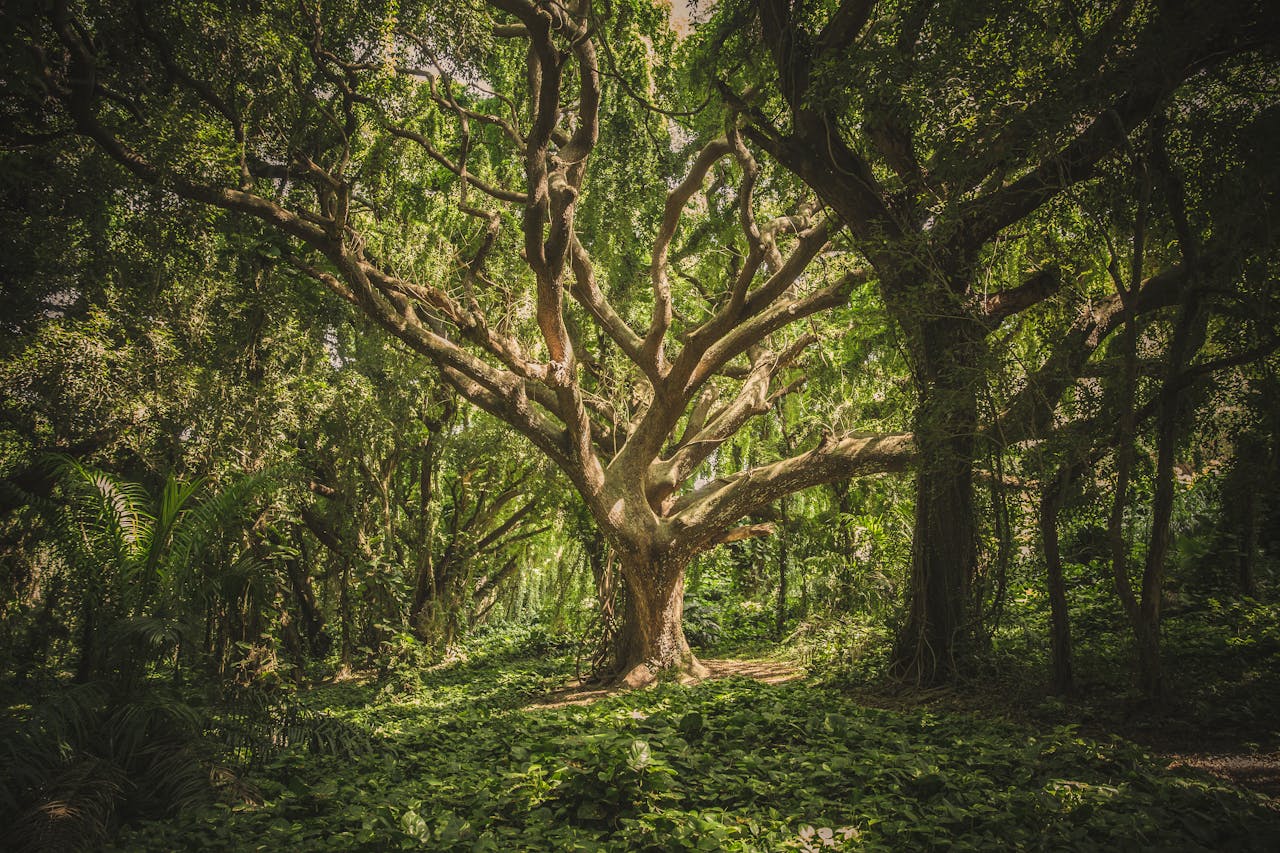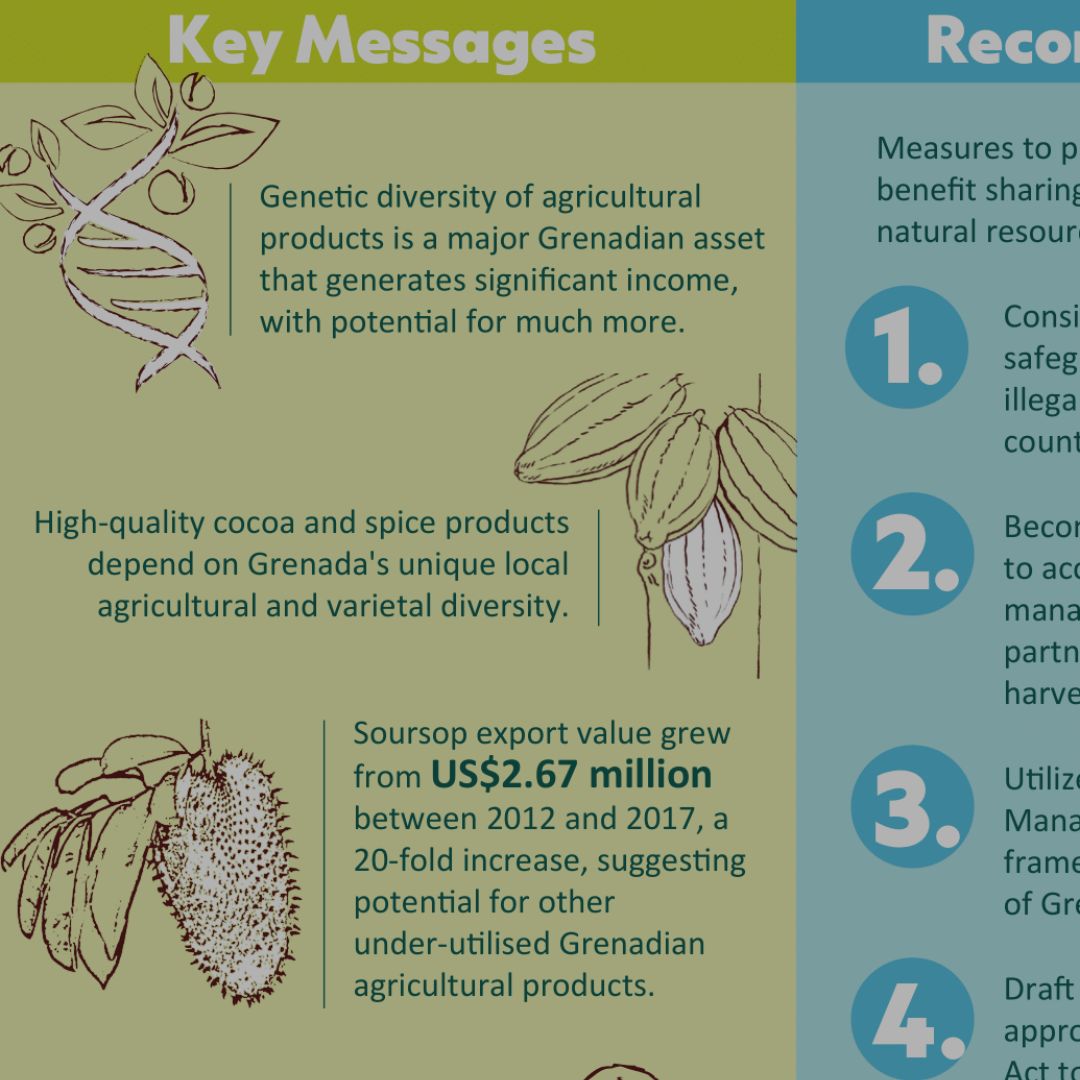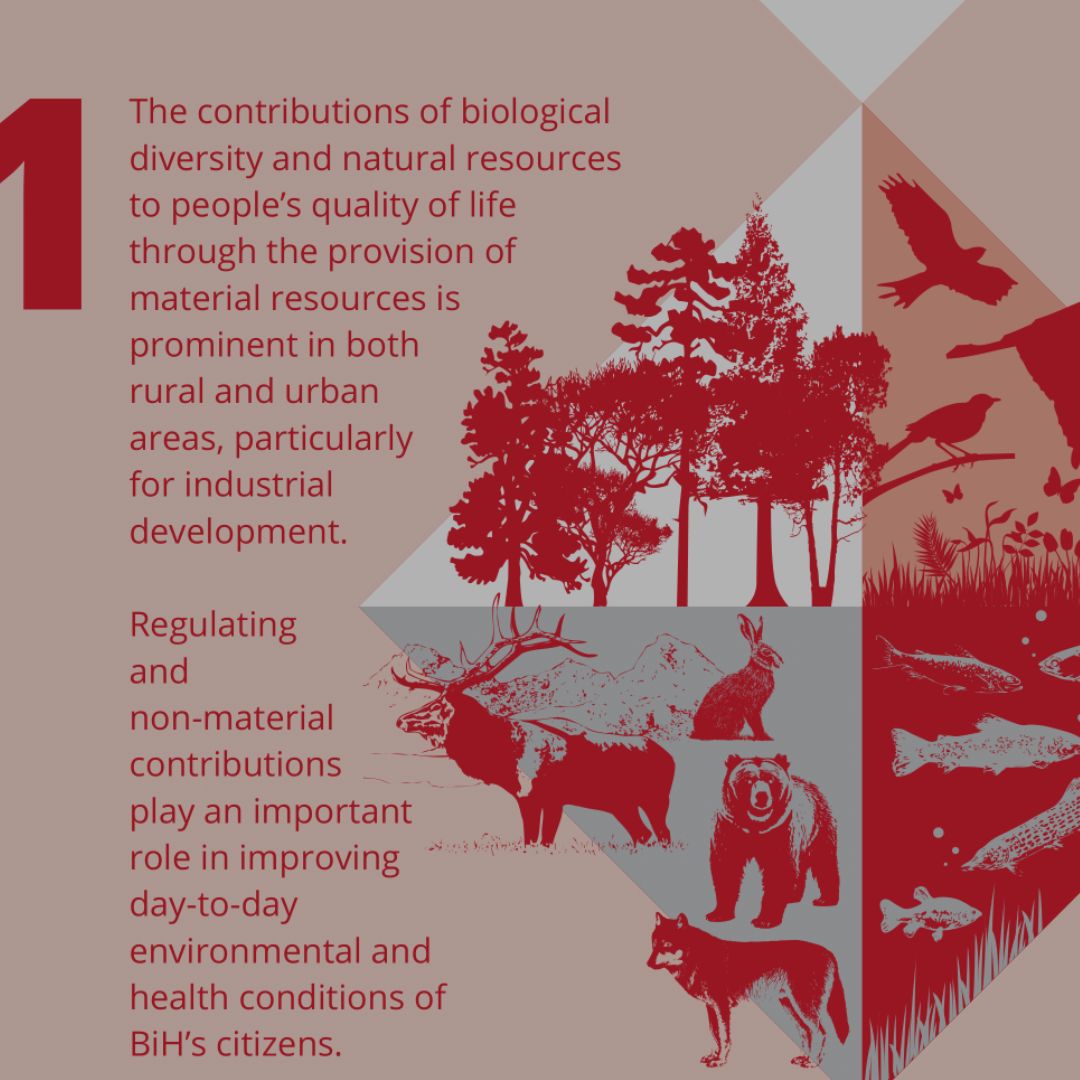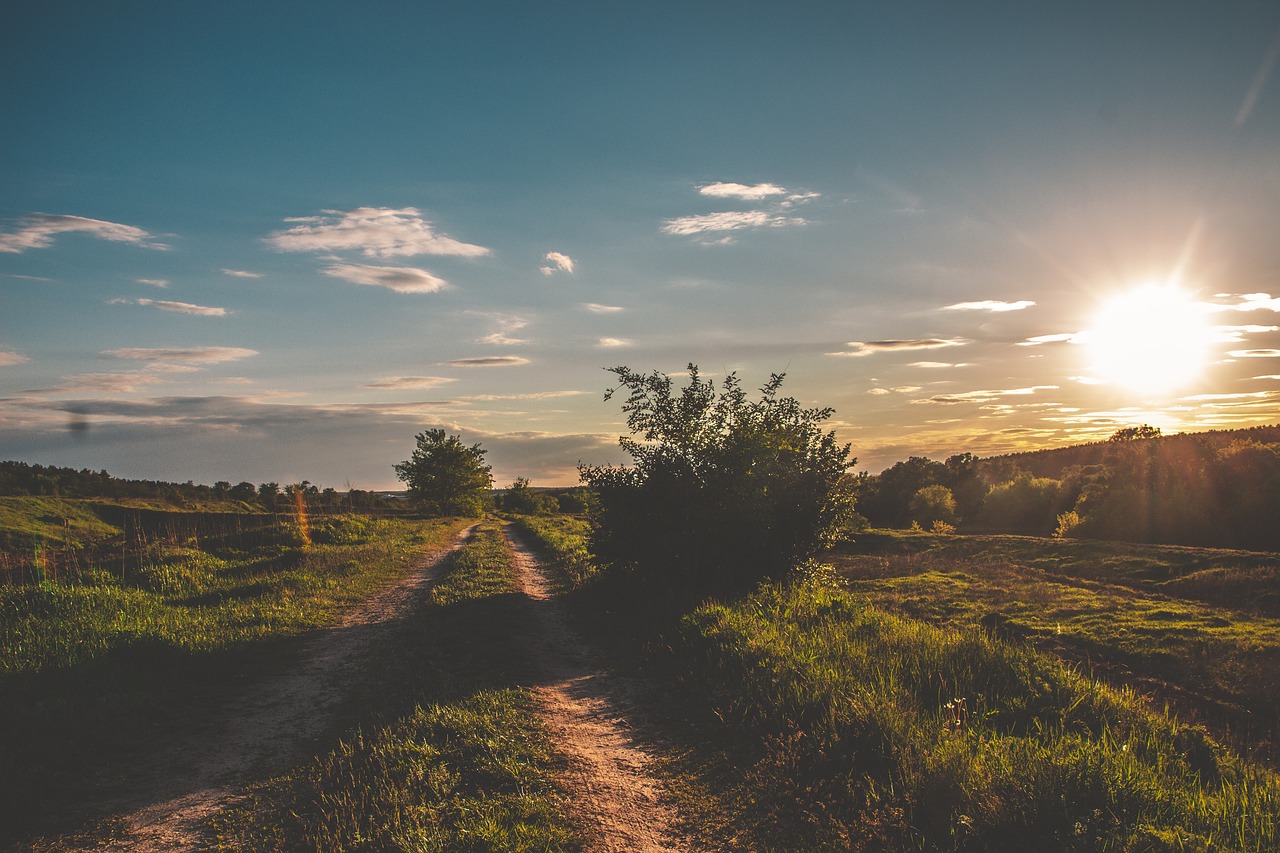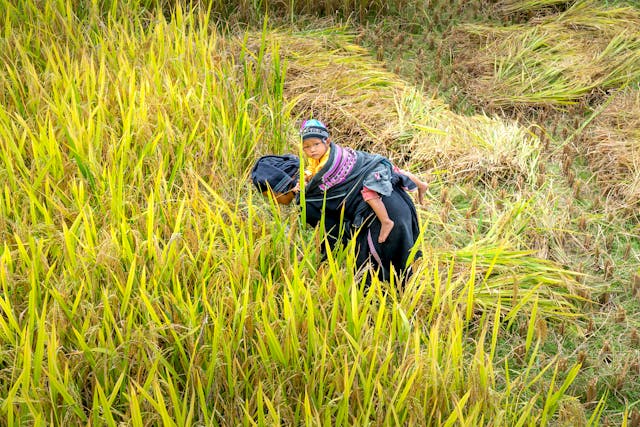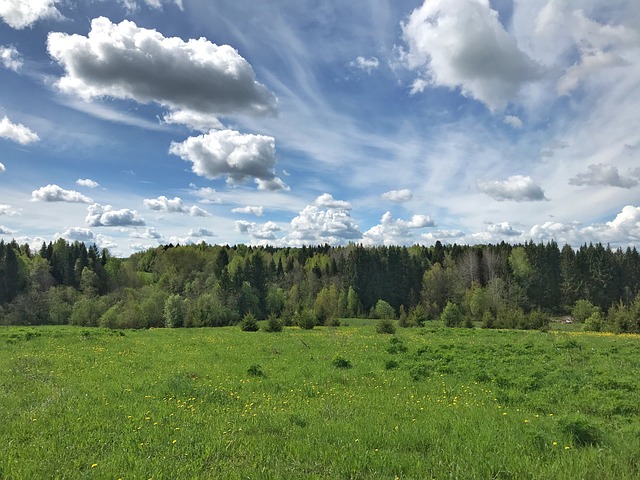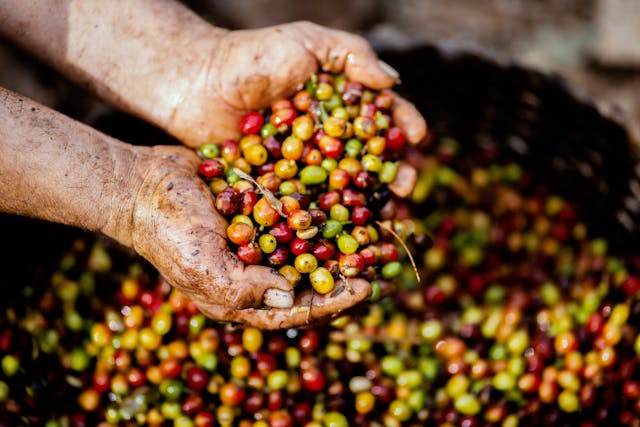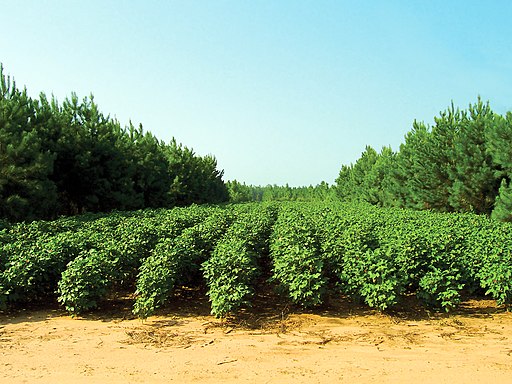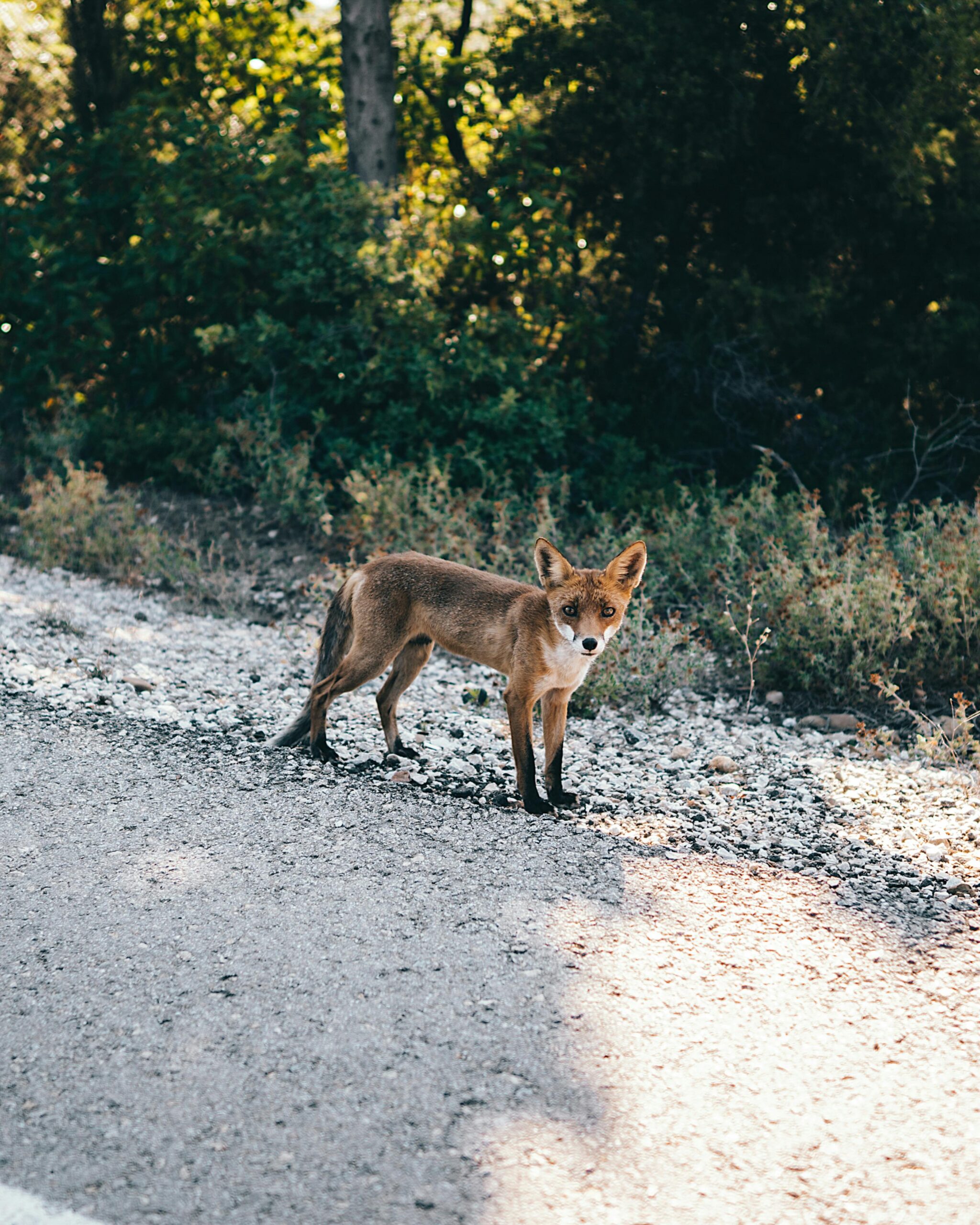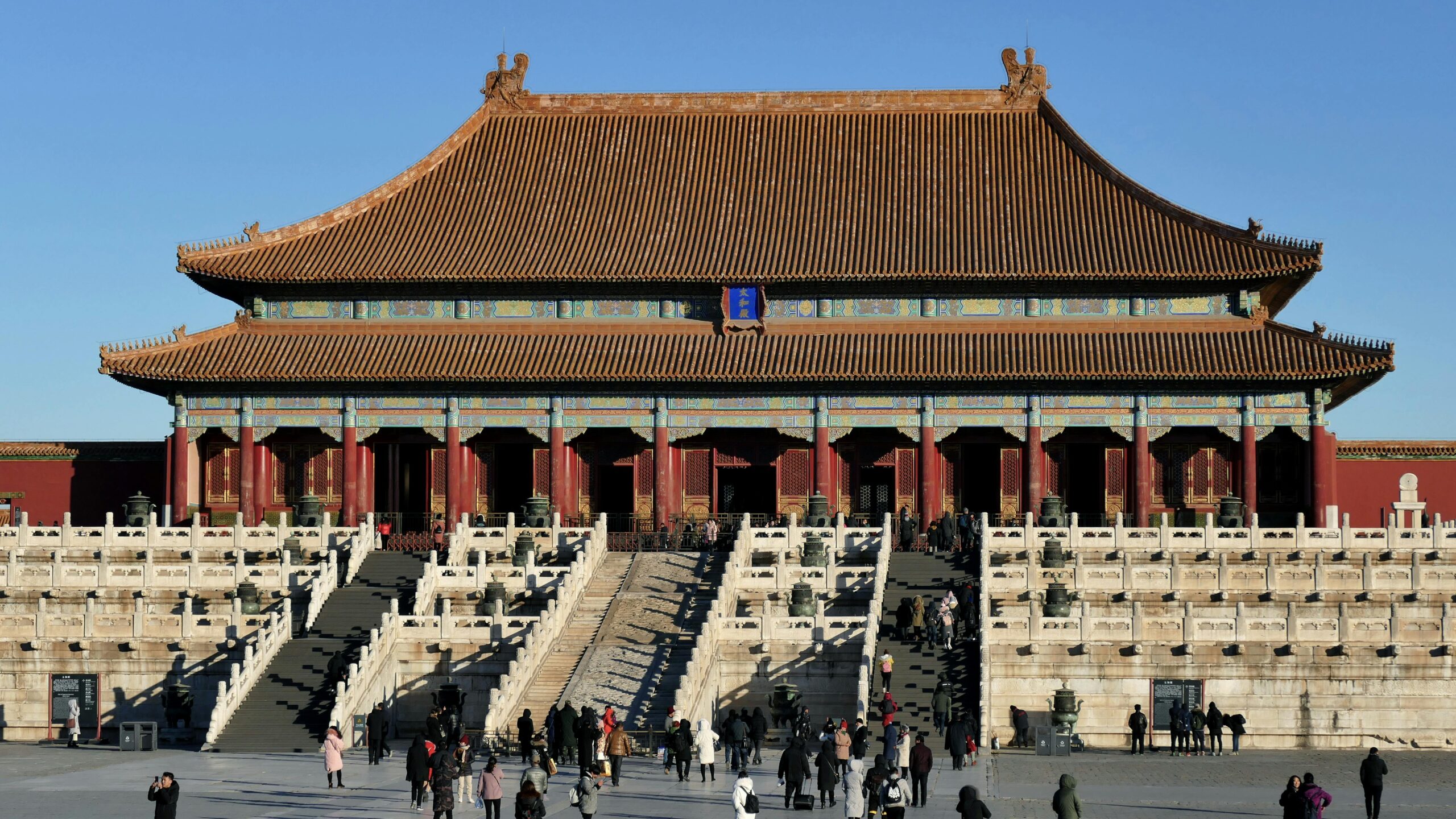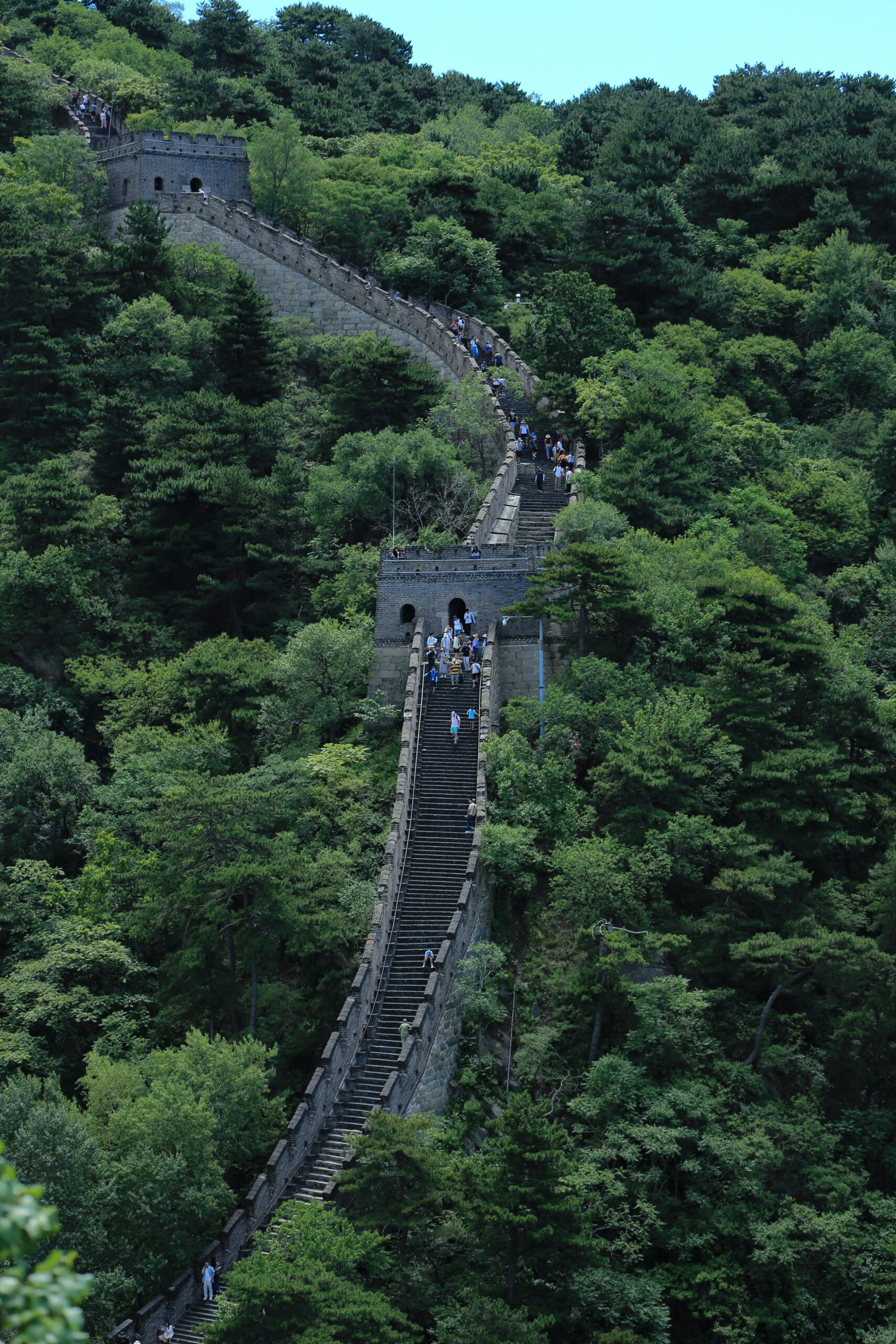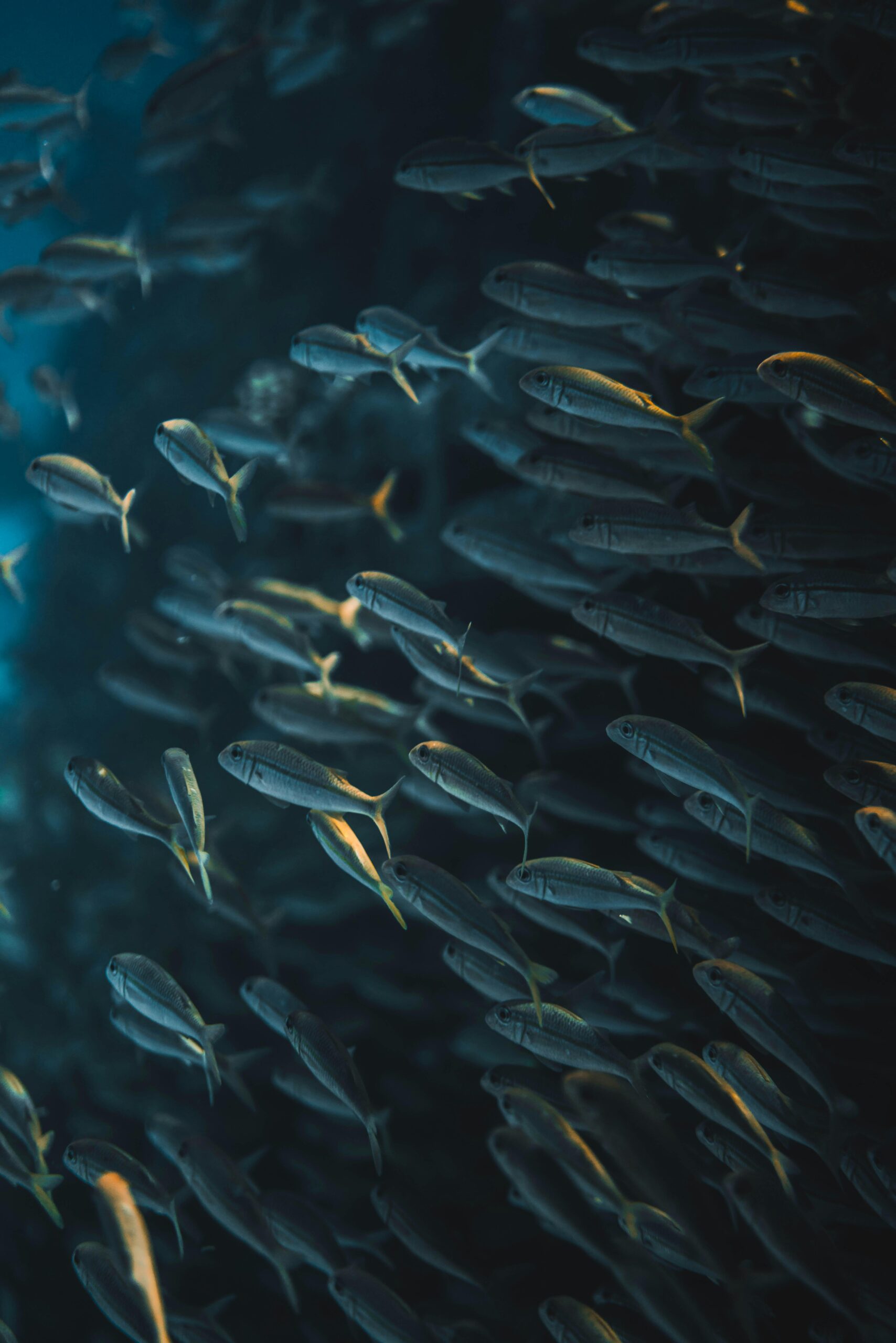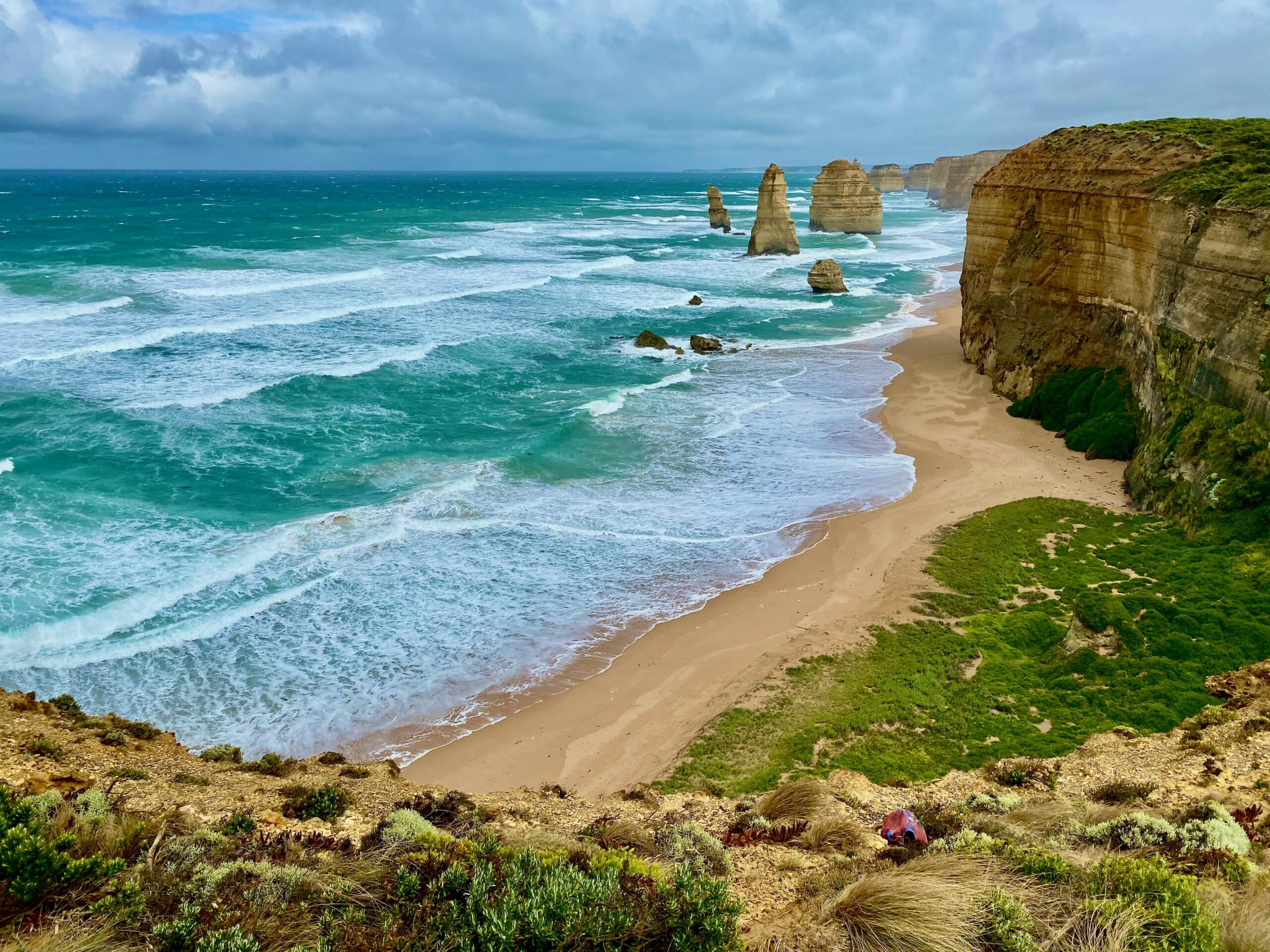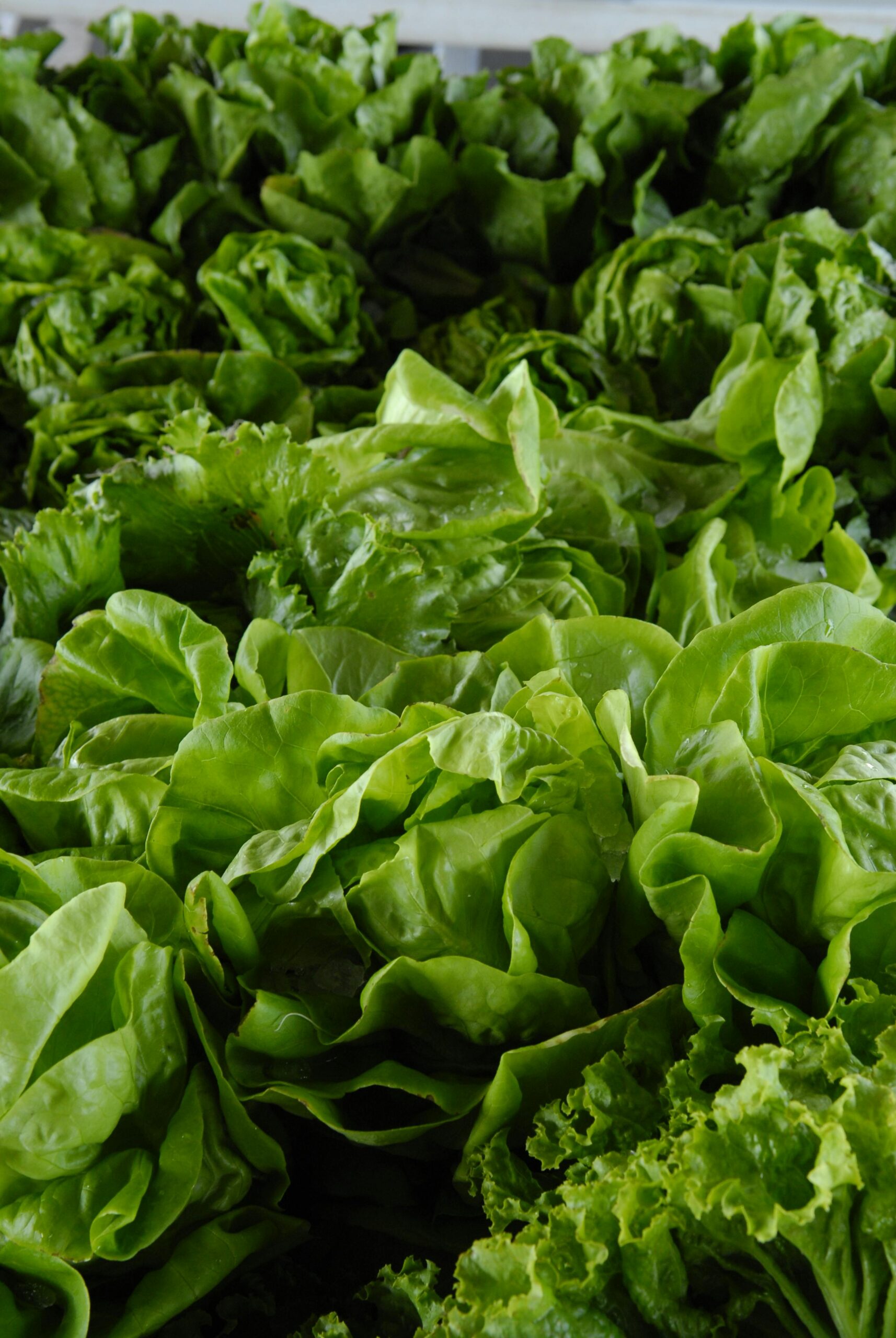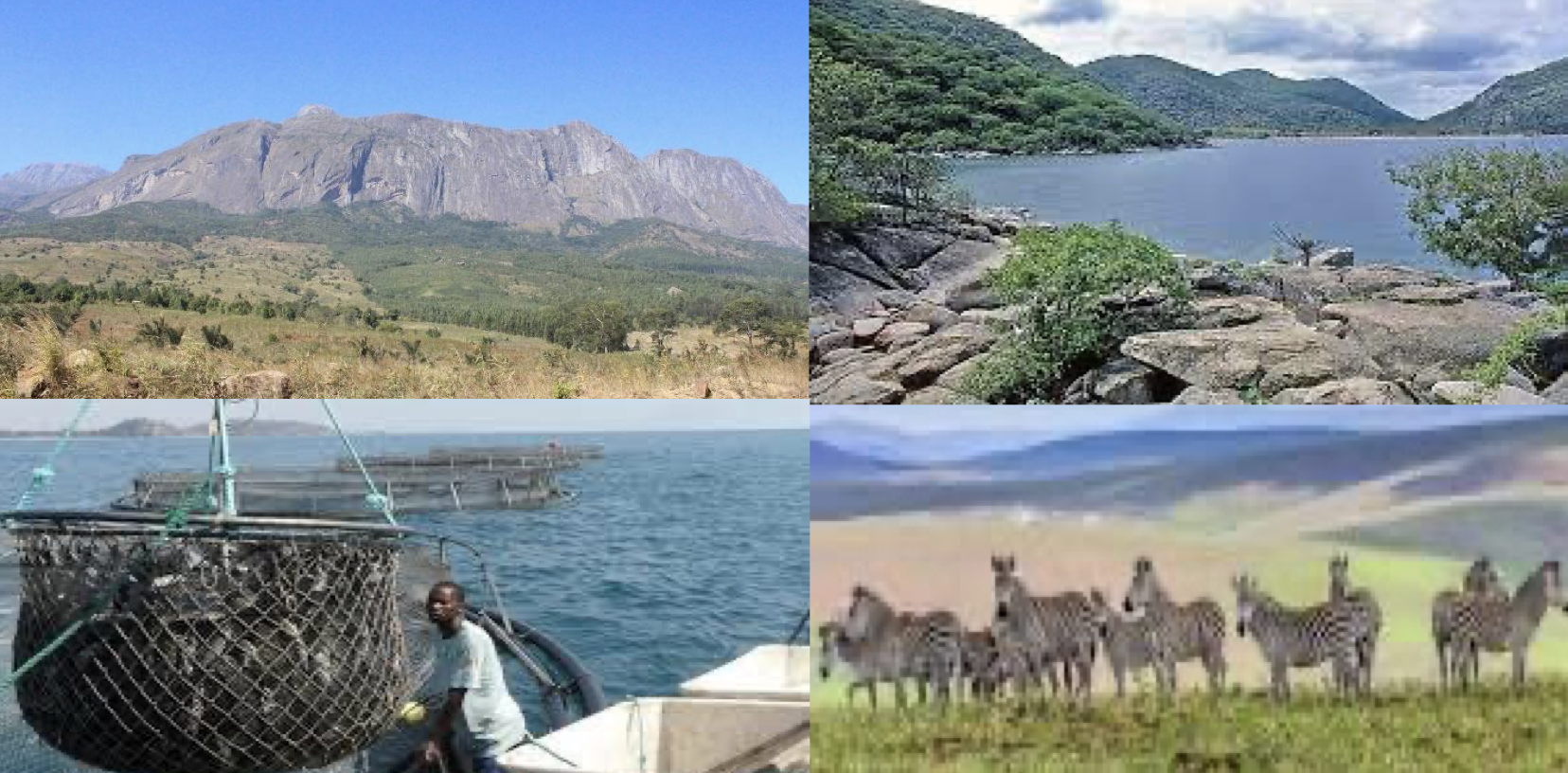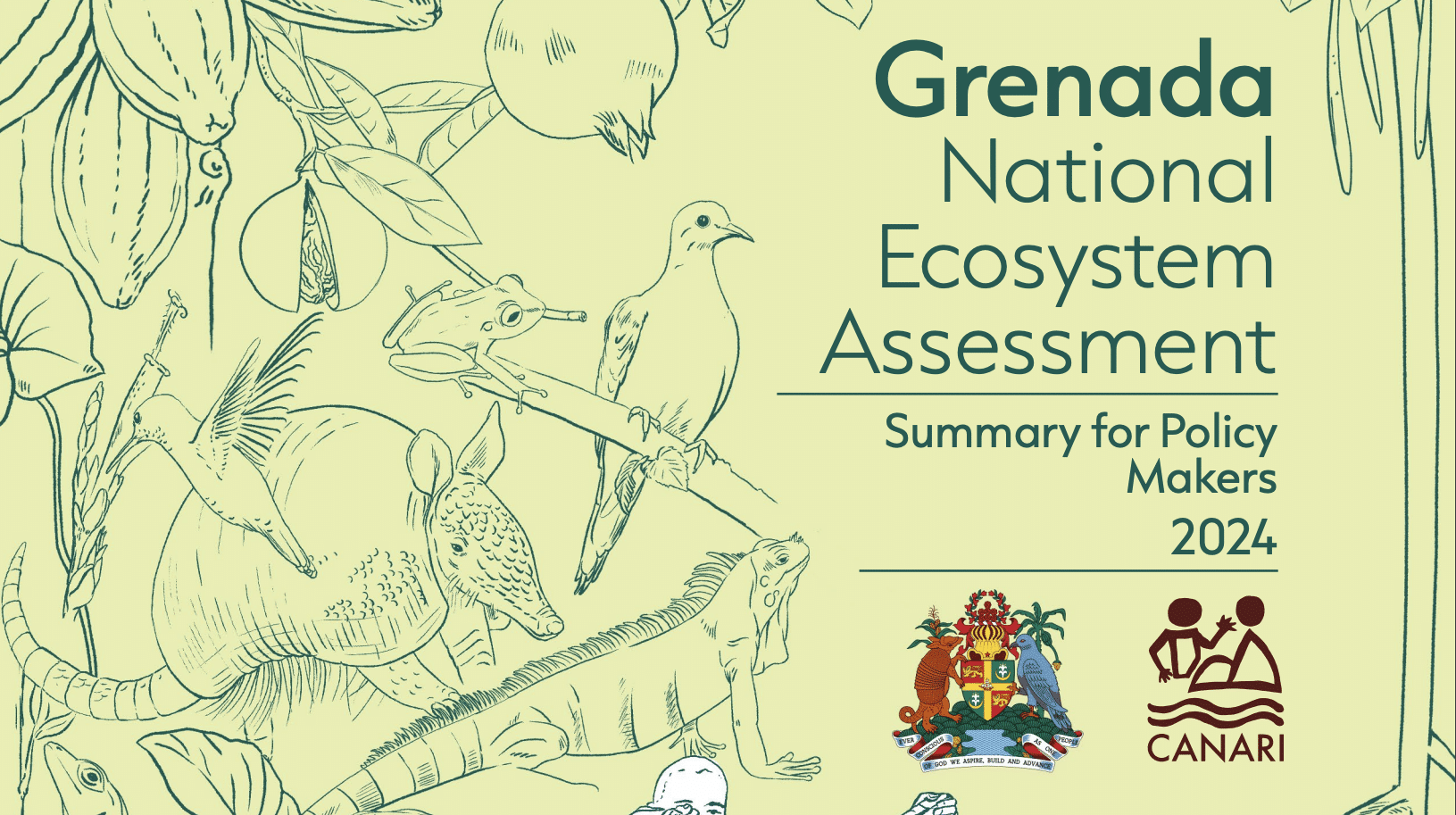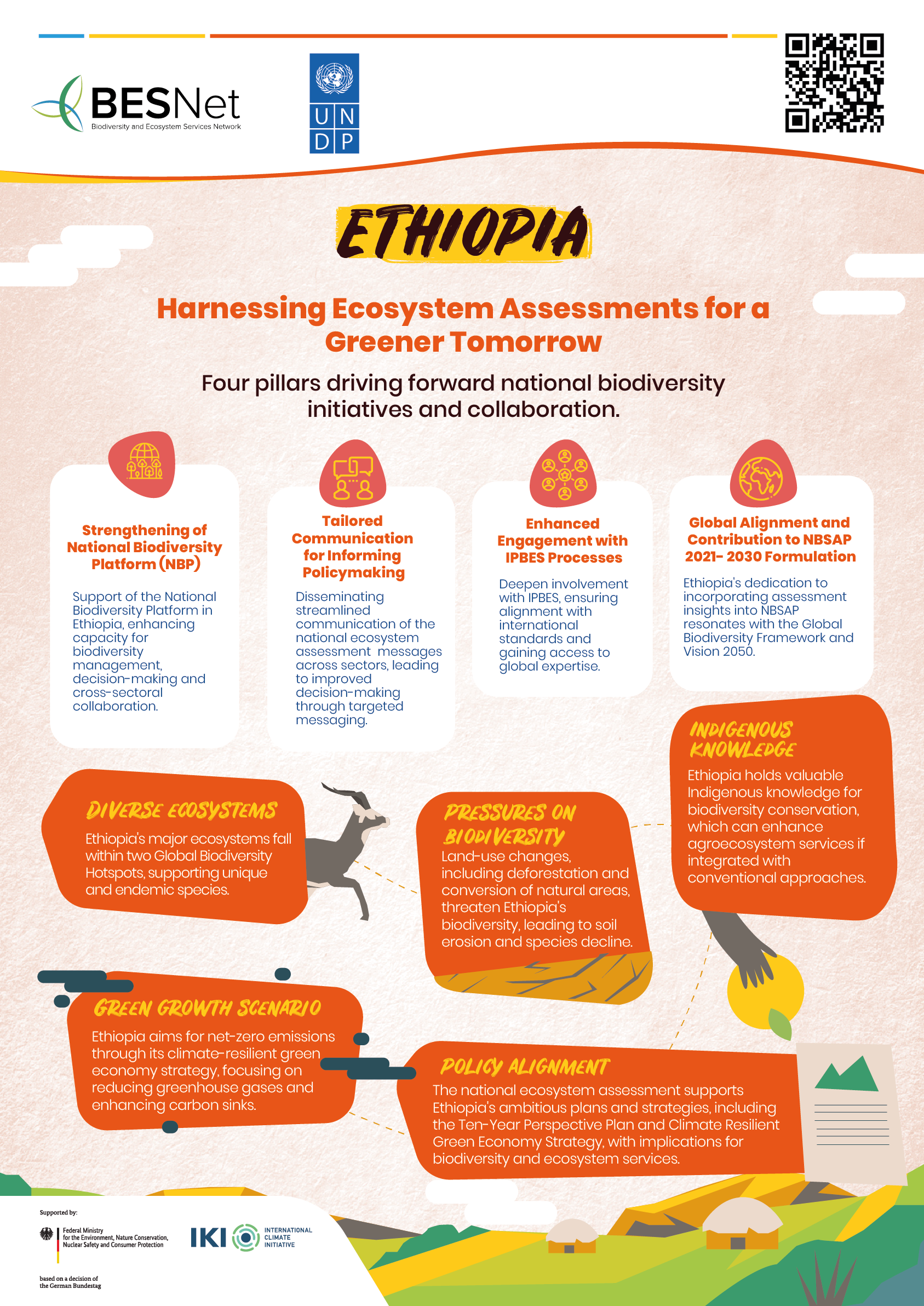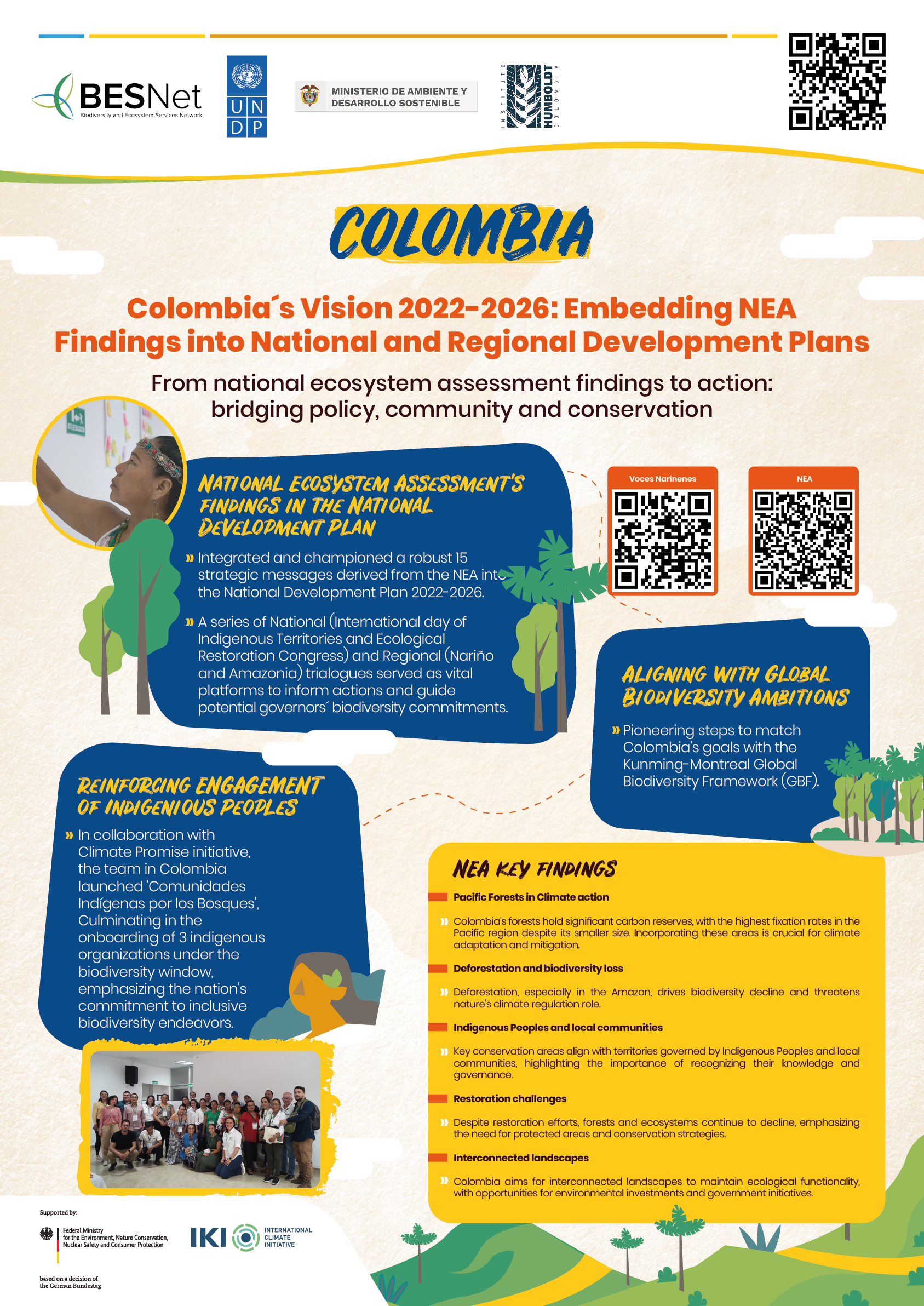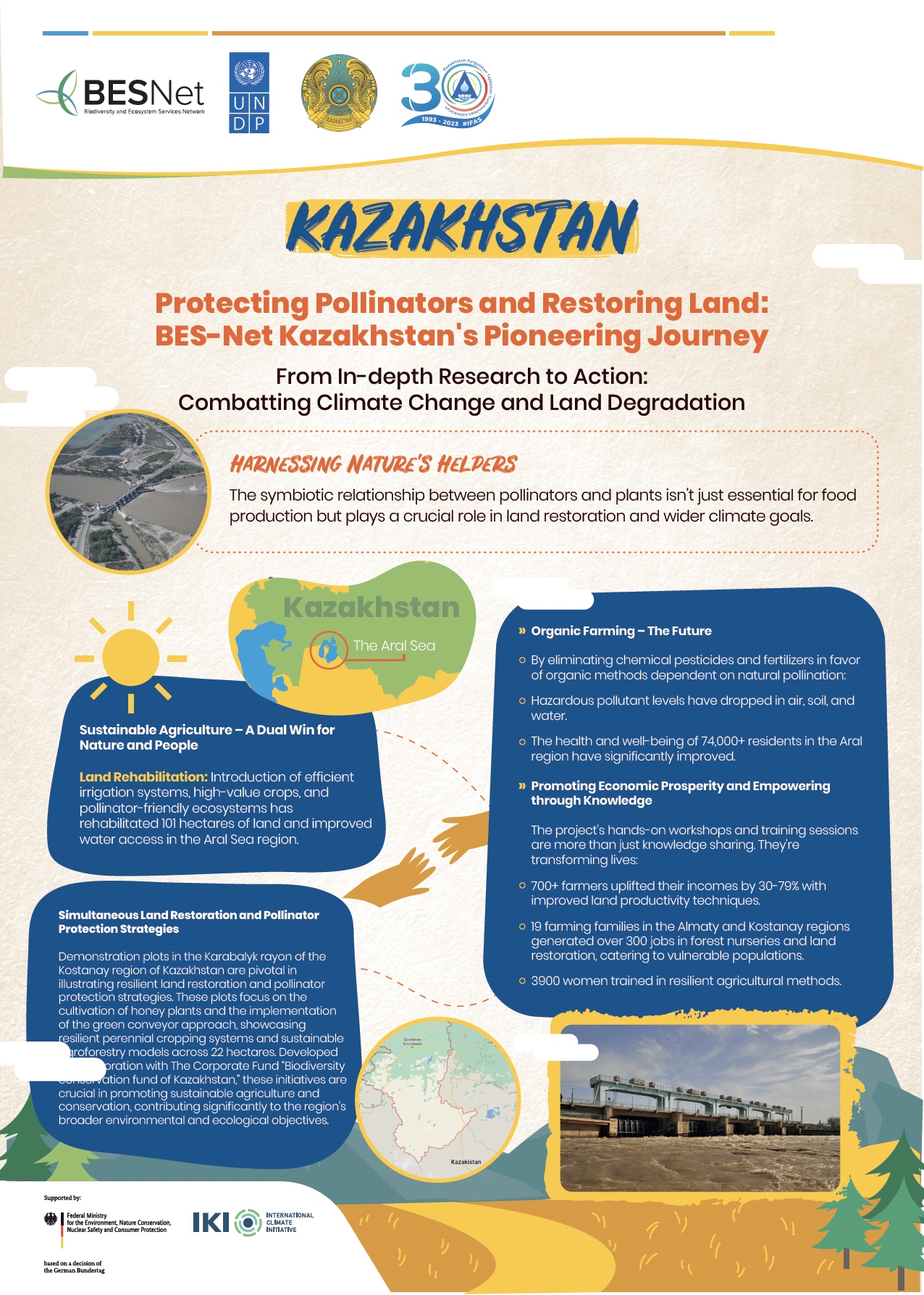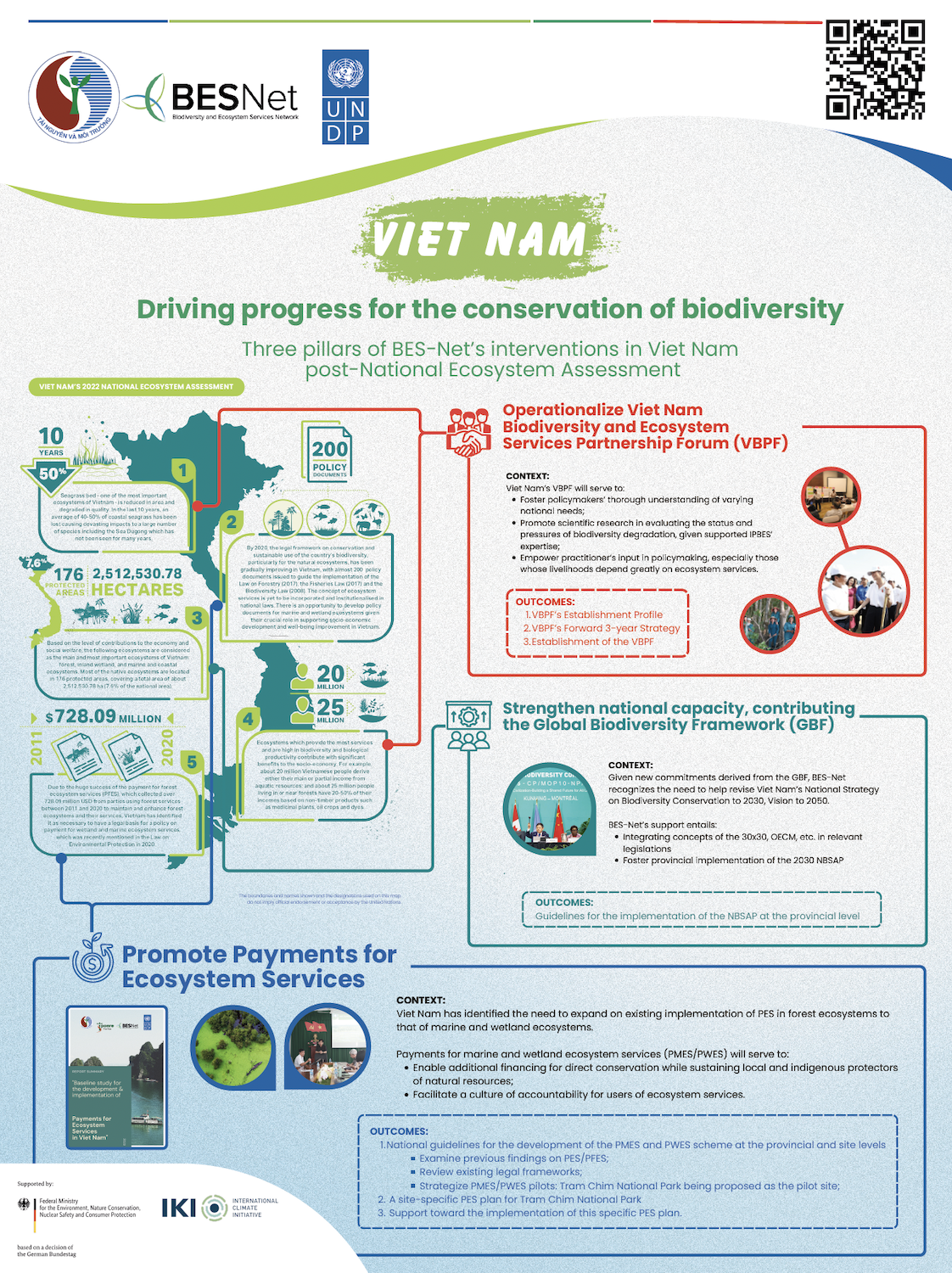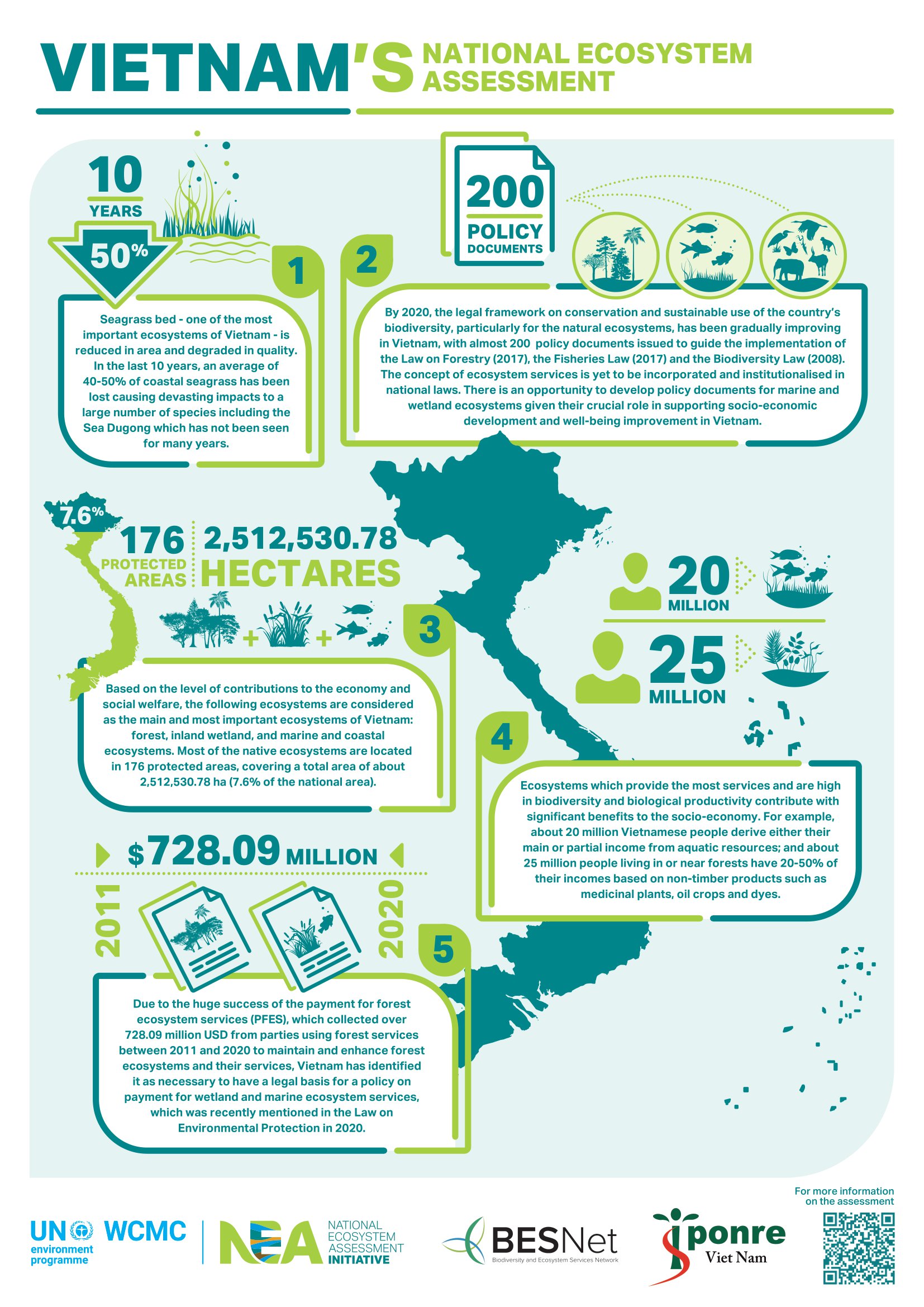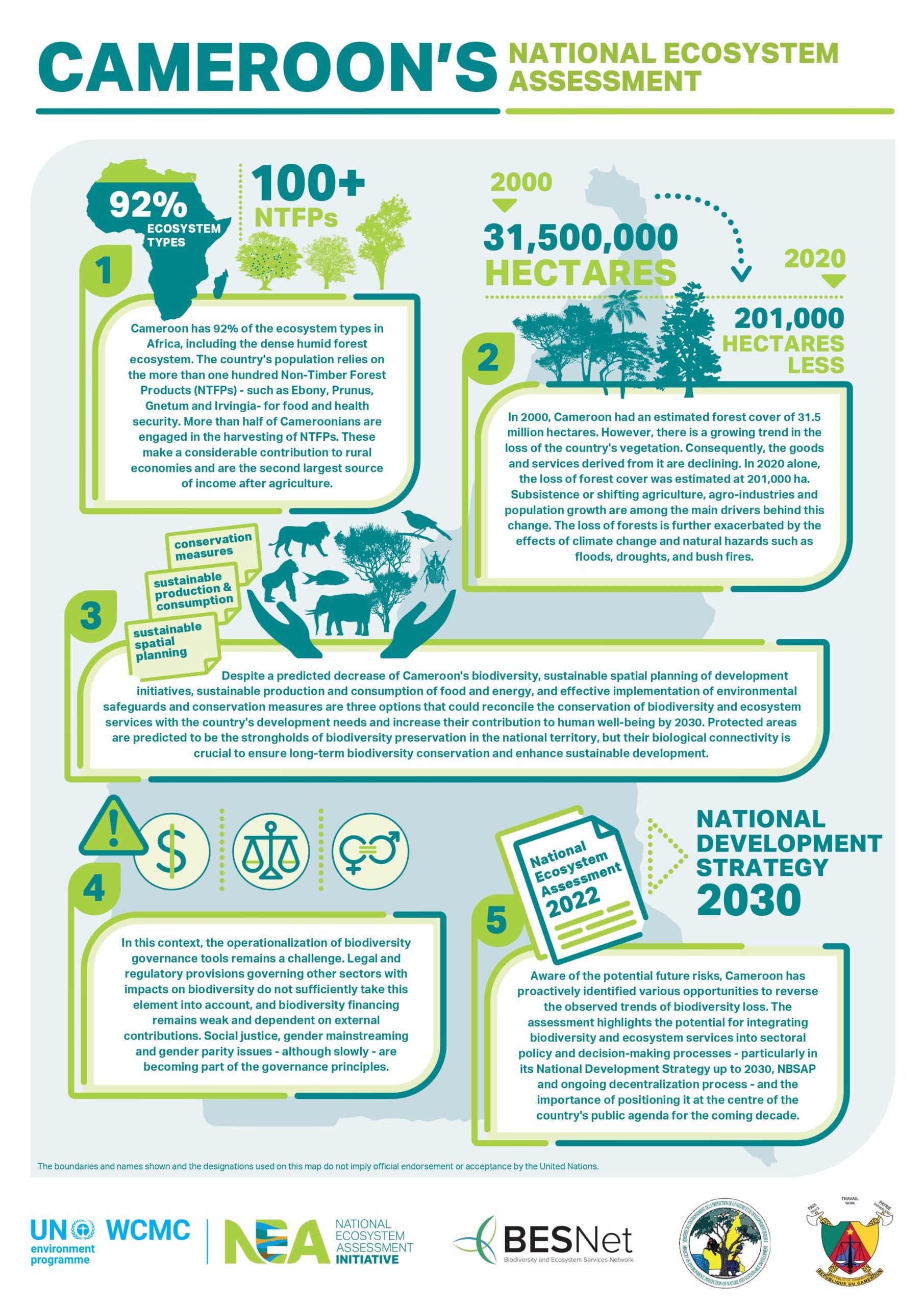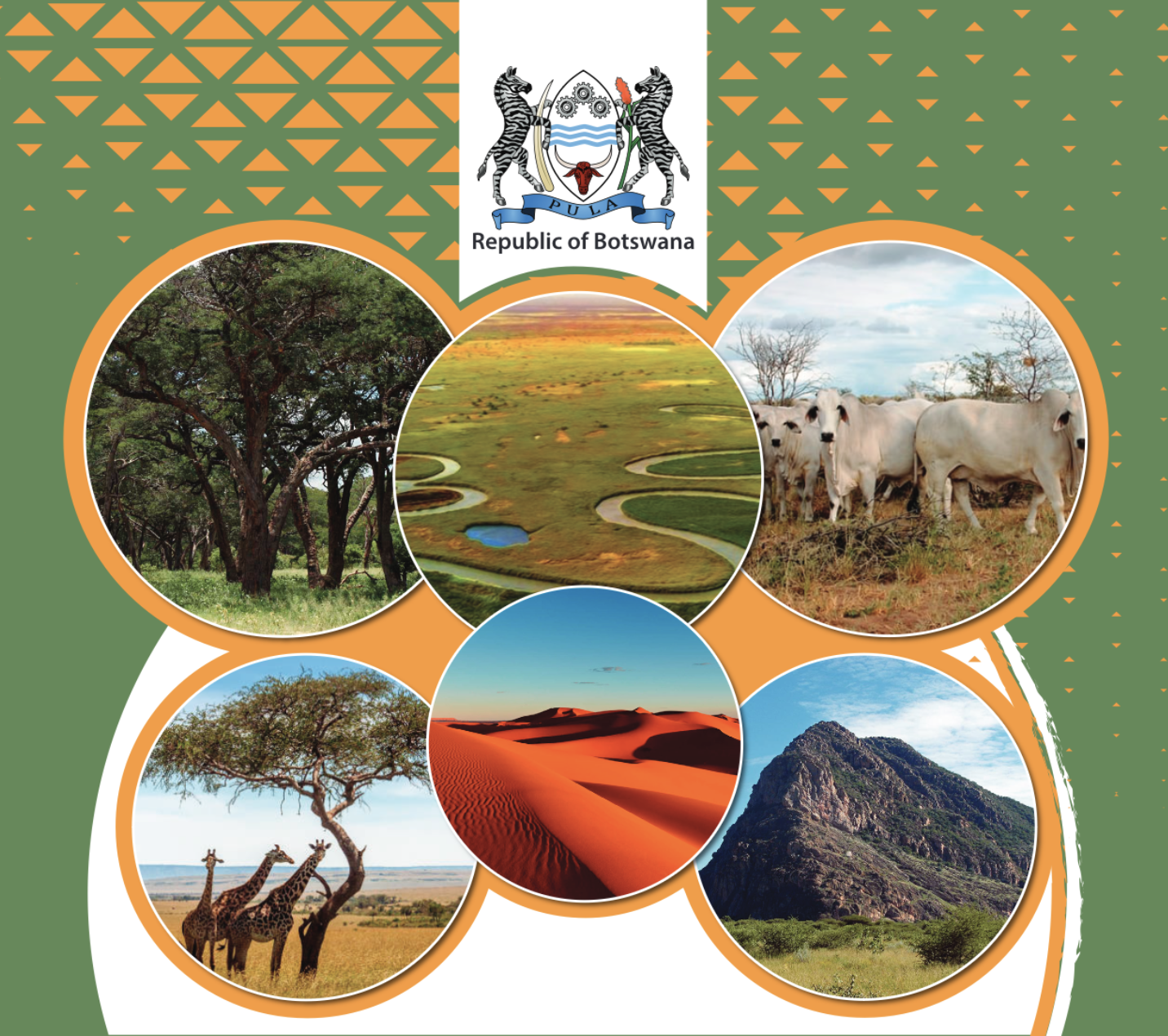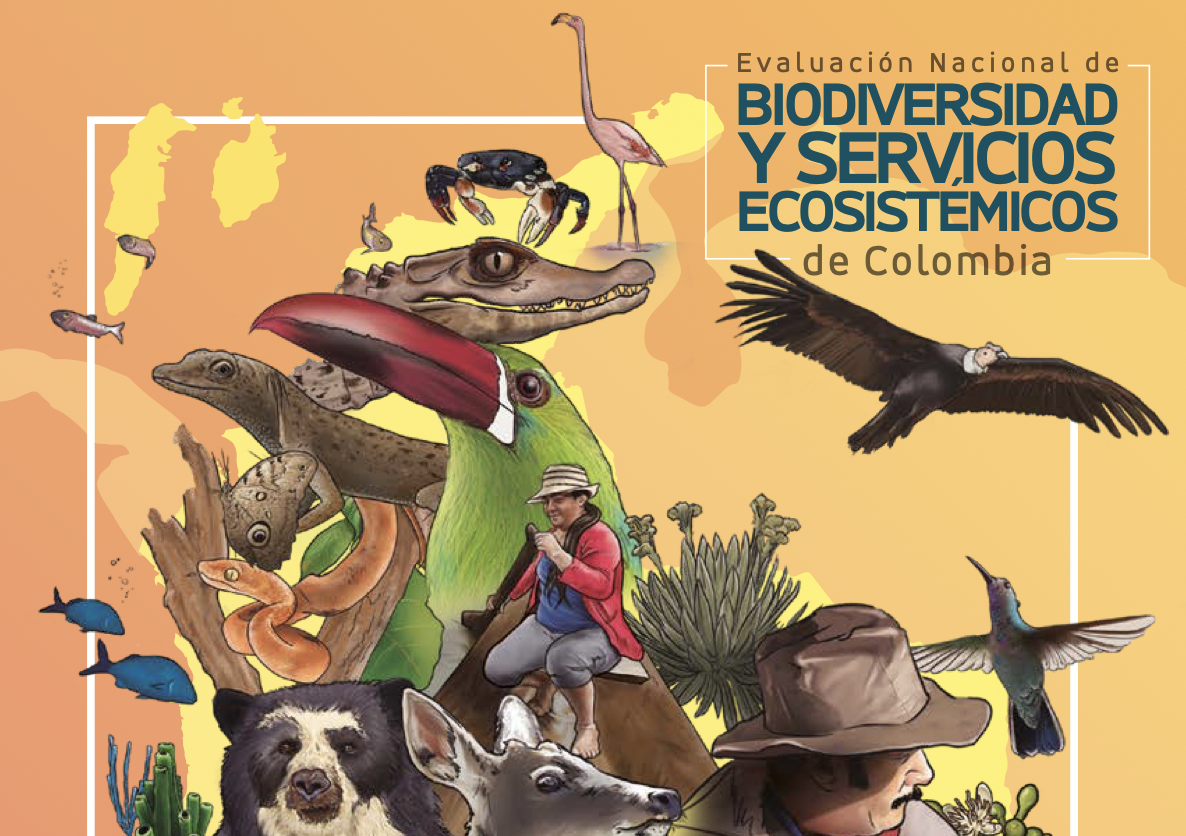Pollinators together with other biotic and some abiotic factors can select for floral traits. However, variation in pollinator abundance over time and space can weaken such selection. In the present study, the variation in pollinator abundance over time and space was examined in populations of the Rocky Mountain columbine. The variation in three floral traits is described and correlations between pollinator type, functional pollinator groups or altitude and floral traits are examined. Pollinator observations took place in six Aquilegia coerulea populations over 1–4 years and spur length, flower colour and sepal length were measured in 12 populations. Pollinator abundance, measured as visits per flower per hour, was compared among populations and years. Pollinators were grouped into two functional groups: pollen or nectar collectors. The following associations were examined: annual presence of hawkmoths and whiter flowers with longer spurs; the presence of Sphinx vashti and longer spurs; and higher altitudes and whiter flowers. The study looked at whether an increase in the proportion of hawkmoths in a population was associated with whiter and larger flowers with longer spurs. The abundance of different pollinator groups varied over time and space. Floral traits varied among populations. Higher altitude was correlated with bluer flowers. Whiter flowers were associated with the annual presence of hawkmoths. Populations visited by Sphinx vashti had longer spurs than populations visited only by Hyles lineata. Populations with greater percentage of nectar-collecting pollinators did not have whiter, larger flowers with longer spurs. Despite the large variation in pollinator abundance over time and space, one species of bumble-bee or hawkmoth tended to predominate in each population each year. Future studies of Aquilegia coerulea should examine the specific influences of pollinators and the environment on flower colour and of hawkmoth species on spur length.
Pollinators of the rocky mountain Columbine: Temporal variation, functional groups and associations with floral traits
Year: 2009





















































































































































































































































































































































































































































































































